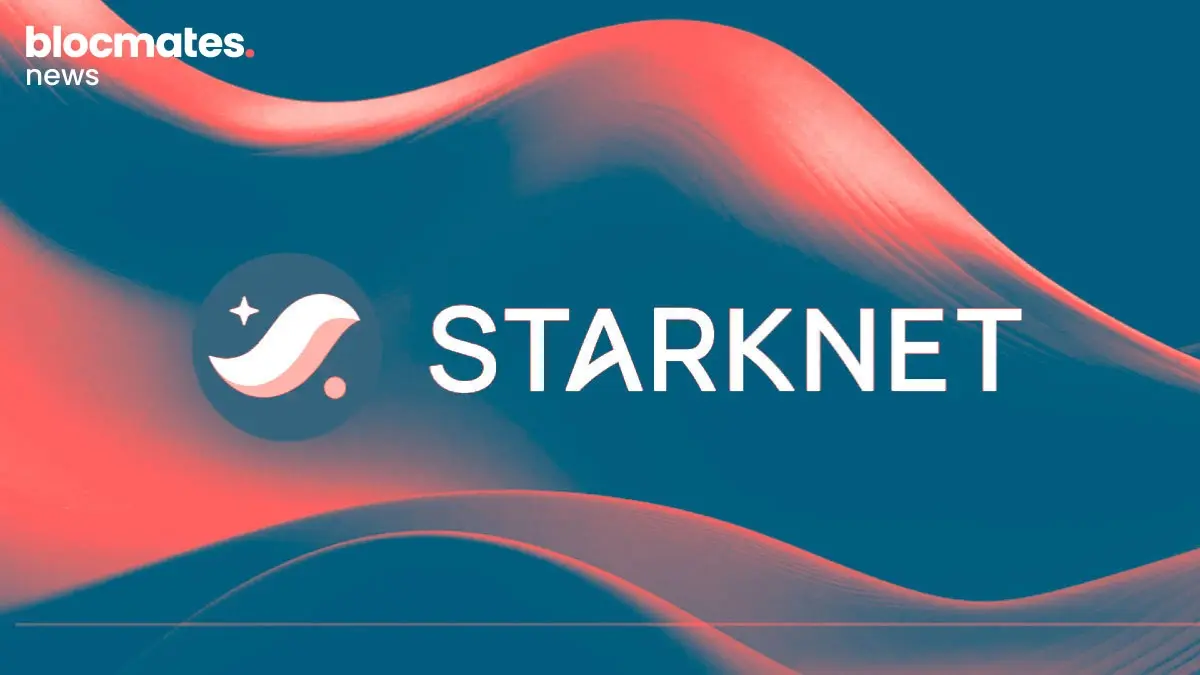The Layer 2 madness started with Ethereum.
Once upon a time, Vitalik Buterin had the ‘ultra-sound’ idea to move away from scaling Ethereum's base layer and instead incorporate other blockchains on top of it.
Consequently, we currently have an expansive list of L2s and even L3s, with each project pushing in its own direction. Now, this has led to the fragmentation of Ethereum's liquidity, which has always been its main strength.
Just like on Ethereum, the same situation is playing out in the Bitcoin ecosystem, where numerous L2s are building separate islands without an explicit plan to make them interoperable, let alone user-friendly.

However, amidst this chaos, there is a glimmer of hope for creating a more cohesive and interoperable Bitcoin L2 ecosystem.
By now, you should already be aware of exSat, the scaling solution for the Bitcoin ecosystem. Less than a month after its mainnet launch, it has already amassed a considerable TVL of $700 million, making it the third-largest project within the Bitcoin ecosystem.

Even though we’ve already done a thorough deep dive into the project, there is still much to unpack and discuss regarding new technical, business developments, and novel use cases.
But before we do, here's a TLDR recap of what makes exSat unique and why you should pay attention.
The creation of exSat stems from recognizing a few critical roadblocks plaguing Bitcoin and its L2 ecosystem — the expensive and slow nature of the chain, poor user experience, limitations with utilizing Bitcoins UTXO data, and fragmentation of liquidity.
All these factors, in conjunction, have hindered the adoption of BTC into the broader realm of DeFi.
This project's scope stretches wide, benefitting many parties including Bitcoin miners, PoS validators, custodians, and on-chain sleuths like ourselves.
With that out of the way, let us unpack what exSat has been up to since our last review and delve deeper into how the project plans to accelerate the adoption of Bitcoin within DeFI and grow its TVL. Shall we?
exSat Mainnet launch and TGE
In less than one year, the exSat network went from ideation -> testnet -> mainnet, which launched on October 23, 2024. Launching the mainnet was a significant undertaking by the team, placing 170 million rows of Bitcoin UTXO data on-chain, structuring it, and making it usable and accessible.
This is no small feat and exSat is the only Bitcoin project to do so.
At launch, the TVL was over 280 million, and it’s now up to 700 million. Considering the partnership with Matrixport, which promises to bring in an additional 5,000-10,000 nBTC to the network, the TVL figure is expected to grow significantly over the coming months.

Less than two weeks after the launch of the mainnet, the exSat bridge was deployed, allowing capital to flow seamlessly into the ecosystem.
It was created in collaboration with prominent custodians Ceffu, ChainUp, Cobo, and Cactus and underwent extensive auditing by Blocksec.
The XSAT token had its TGE at the same time as the mainnet launch. It operates under a fair launch model similar to Bitcoin's, allowing participants to earn tokens by mining native Bitcoin blocks and then synchronizing or validating data within the network.
There are no epochs, locked-up tokens, or airdrops, providing a highly tangible and continuous stream of rewards for miners and stakers alike.
In a world where hundreds of chains exist — L2s, side chains, and other permutations of blockchain design — you might wonder what makes exSat unique.
Ponder no more, as we’ll lay out the unique value proposition of exSat in detail.
User and developer-friendly environment
The most important part of the equation in any business is the customer. In crypto, they go by the name of e-beggars. Alright, I’m kidding. The correct name would be airdrop-hunters. No, that's also not it.
Ah, yes, users is the term I’m looking for here. It’s tough to call us users, considering the number of hoops we must jump through to use our beloved apps. We’re more like volunteers who have decided to endure a world of pain and experiment with these products, hoping to make a buck.
Nevertheless, the industry acknowledges this issue, which essentially boils down to user experience. User experience governs everything in the digital realm, irrespective of web2 or web3.
If a webpage takes too long to load, you've likely lost a potential customer. Requiring users to install a new software to access your product or service is also a turn-off.
Humans naturally seek the easiest and quickest path, and this is especially the case in crypto.
Rather than fighting human nature and shooting itself in the foot, exSat recognizes the sticky nature of software and human habits by implementing EVM at the smart contract layer — ‘fish where the fish are’ sort of thing.
With the good ol’ EVM, users are alleviated from the headache of having to install a new wallet, which for many is a deal-breaker, to take advantage of what exSat has to offer, most notably instant finality and compatibility with native EVM dApps.
In the near future, users will be able to effortlessly access apps on the exSat network and interact with their preferred products on other L2s without leaving the chain by simply holding $XBTC in their wallets.
The system being built by exSat will handle the necessary actions behind the scenes, eliminating the hassle of managing multiple gas tokens and bridging.
For developers, however, exSat brings a novel sandbox environment where financial products like lending markets, perp venues, or DEXes can be built on top of Bitcoin without relying on centralized off-chain solutions.
Because exSat mirrors Bitcoin's state onto an EVM execution layer with one-second finality and near-zero gas fees, developers can effortlessly access Bitcoin’s transaction data while leveraging a more expressive coding framework (EVM), opening up a world of possibilities.
Thanks to the comprehensive and reliable library of smart contracts, token standards, and other capabilities provided by the EVM framework, developers working on exSat or other L2 solutions that leverage exSat for data availability and settlement can create smart contracts that are triggered by events such as the transfer of Bitcoin to an address or vault.
This functionality enables EVM-based protocols to trustlessly interact with the Bitcoin network.
Catering to users and developers is essential for kickstarting a burgeoning ecosystem. However, attracting reputable infrastructure providers responsible for upholding the network is crucial for building trust in the early stages of the project.
Additional revenue for infrastructure providers
In a post-halving environment characterized by increased BTC mining difficulty, exSat presents an attractive value proposition to mining pools, allowing them to generate extra profits without leaving the Bitcoin ecosystem.
They can continue mining blocks, support the Bitcoin network, and seamlessly shift into a synchronizer node or even a validator.
exSat has already secured a considerable amount of BTC hashrate thanks to partnering with the world’s biggest mining pools, including AntPool, F2Pool, viaBTC, and SpiderPool.
Collectively, these pools hold around 50% of the total hashrate. By EOY, the team expects this figure to exceed 70%.
These aforementioned mining pools have gained more than 140,000 XSAT tokens, which amounts to around $7.2 million in revenue.

The other side of the equation in exSat are the validators, who verify the data gathered from the aforementioned miners. For validators to be eligible for block production and thus XSAT rewards, the primary requirement is to stake a minimum of 100 BTC to the network, ensuring economic alignment and high PoS network security.
Since the mainnet went live, validators have accumulated an average of 9,235 XSAT. With the current XSAT price of around $50, they have generated over $450,000 in revenue in under a month.
Sounds impressive? Now picture the revenue figure for parties who both synchronize BTC blocks and validate the chain.

The substantial earning potential has naturally drawn a lot of interest. Since we last spoke, exSat has expanded its roster of top blockchain service providers, including BitGet, Everstake, Hashkey, Certik, Kucoin, Antpool, BitTrade, and more.
The recent addition of OKX, a top-three centralized exchange by spot trading volume, as a validator further strengthens the network's integrity and efficiency.
Now that we’ve outlined how exSat benefits infrastructure providers and ensures the integrity of the network, we’ll dig deeper into what you, as a user, can expect from exSat regarding the actual product and ecosystem around it.
BTCFi
For users, exSat will offer a complete DeFi ecosystem for Bitcoin with an additional layer of security provided by custodians, which we’ll explain the process of in the next section.
BTCFi will cover BTC lending or borrowing, spot or futures trading, arbitrage, passive yield generation from LP pools, and numerous other financial tools already found in the expansive EVM ecosystem.
However, in contrast to any average DeFi application, where the collateral typically is an altcoin that experiences severe price fluctuations, exposing the protocol to insolvency risks during market downturns, exSat aims to primarily use BTC as collateral, enhancing the system's resilience.
Additionally, recognizing the critical importance of liquidity for the effective and secure functioning of DeFi applications, exSat plans to inject XBTC into multiple DeFi protocols. This initiative will not only support the network and its users, but also assist other DeFi projects interested in transitioning to exSat.
Deep liquidity will significantly benefit protocols and their users by improving stability and predictability. Additionally, it will help facilitate enhanced trade execution, lower borrowing rates, and reduced slippage, thereby ensuring smooth and efficient operations within BTCFi.
Alongside the usual suspects like DEXes and trading platforms, ExSat's big focus is onboarding real businesses and bringing RWAs to Bitcoin.
Real-world assets
Even with hostile regulatory landscapes in most jurisdictions, there are tangible benefits for companies to pursue this path.
Take small and medium-sized enterprises, for example. Despite their pivotal role in the global economy, SMEs often face significant challenges in accessing funding and resources to grow and expand their businesses.
With on-chain RWA protocols, these businesses can utilize lending protocols to secure capital in the form of debt, with investors providing funds for a defined period and receiving a consistent yield in return.
Indeed, numerous protocols, including centrifuge, Goldfinch, and others, are dedicated to addressing this specific issue.
However, since Bitcoin is the most established and reliable asset, exSat plans to inspire a higher confidence level among businesses seeking to capitalize on this opportunity.
Bitcoin staking
Staking Bitcoin on the exSat network is simple and direct: connect your wallet, bridge BTC to obtain XBTC, stake XBTC with a validator, and earn XSAT tokens. This streamlined process enables Bitcoin stakers to earn XSAT tokens immediately rather than accumulating points or waiting for future airdrops.

Investing 1 BTC valued at $90,000 produces 3 XSAT each day (with the XSAT token priced at $50), resulting in monthly earnings of $4,590. This translates to an annual return of $55,000, giving a roughly 61% APR for XBTC staking.
When users stake BTC, they receive a wrapped token, XBTC, bonded 1:1 with native BTC. This allows them to maintain control of their original Bitcoin while earning yield. The deposited Bitcoin will be transferred to regulated entities, ensuring a high level of security and accountability.
To ensure transparency, anyone has the ability to access real-time on-chain data and confirm that the Bitcoin reserves match the wrapped xBTC held on exSat.
The unique aspect of this implementation is that in the event of an attack and a protocol being compromised within exSat, the hacker will be unable to withdraw their funds through the custodian and redeem them. The pool of stolen money will be flagged and blacklisted, effectively making the system hack-proof.

It's important to note that your actions have real consequences, and you won't be able to request a protocol to refund BTC even if you lost it by investing in the wrong cat coin. This system serves as a safety net in case malicious actors exploit a flawed line of code.
Naturally, the whole idea of using crypto is to bypass any centralized entities and instead use cryptographic magic to safeguard your assets from prying hands.
In Phase 2 (TBA), exSat aims to implement a decentralized asset custody solution, leveraging MPC technology. This will create an even higher level of security and control for users who wish to manage their own Bitcoin.
Conclusion
With BTC becoming an increasingly popular and regulated financial asset, it sits in a rather peculiar position. Even though it’s a multi-trillion dollar asset, there is little you can do with it besides holding it in your wallet.
For those of us who live outside of the matrix, Bitcoin represents sovereignty and freedom, but the rest of the world likely wonders, "What can I do with it?"
Yes, the Lightning network threw Bitcoin a lifeline, offering a shot at redemption as a decentralized payment system without the agonizingly slow transactions and exorbitant fees. Yet, its forte remains squarely in the realm of payments.
While general-purpose L2s are all attempting to scale Bitcoin with a more expansive set of features than just payments, the sheer number of them creates a great deal of confusion for users.
Rather than solely focusing on payments or building a walled garden atop Bitcoin, exSat offers a solution that enables users to utilize their BTC across various decentralized financial services and chains.
In the meantime, it also provides other L2s with the opportunity to utilize its unique infrastructure to decentralize their offerings further and reduce operational expenses.
The architecture suggested by exSat may have brought us to a stage where it is possible to expand Bitcoin and turn it into a productive asset while preserving its distinct features and addressing interoperability challenges from the outset rather than as an afterthought.
The initial signs after the mainnet launch are incredibly positive. In less than a month, the exSat network has positioned itself as the third largest Bitcoin project by total value locked (TVL) and is generating significant revenue for Bitcoin miners and validators.
With a solid foundation in place, we’re now anticipating the birth of a thriving ecosystem of consumer applications in the coming months.






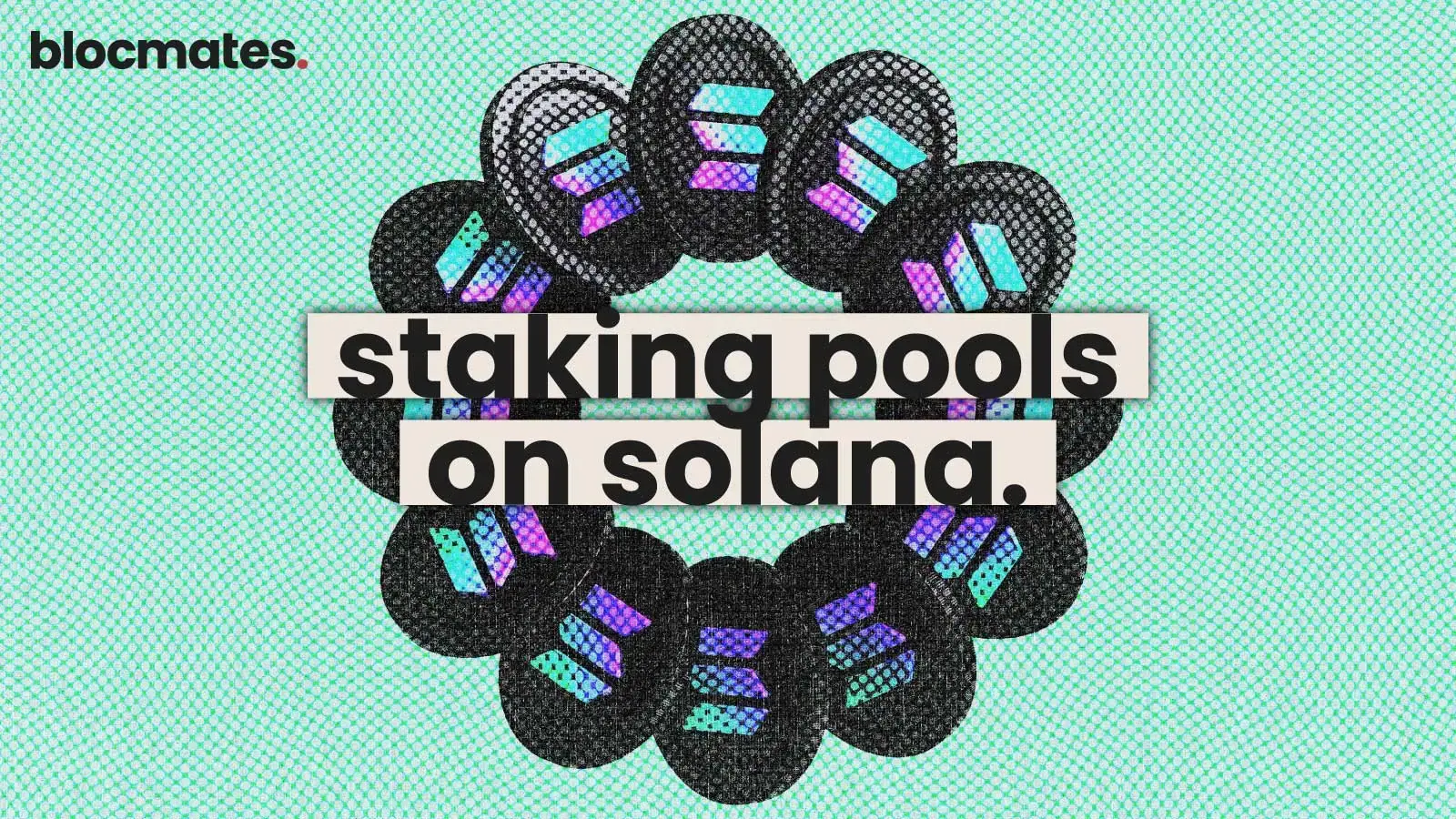





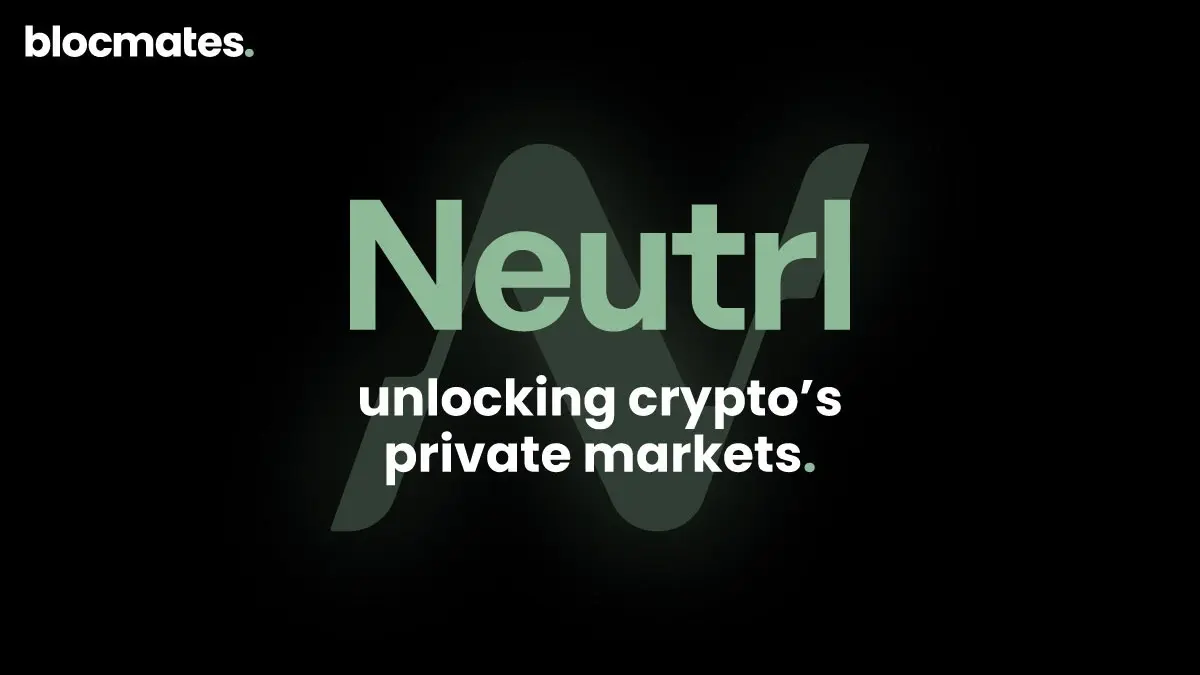


.webp)

.webp)
.webp)
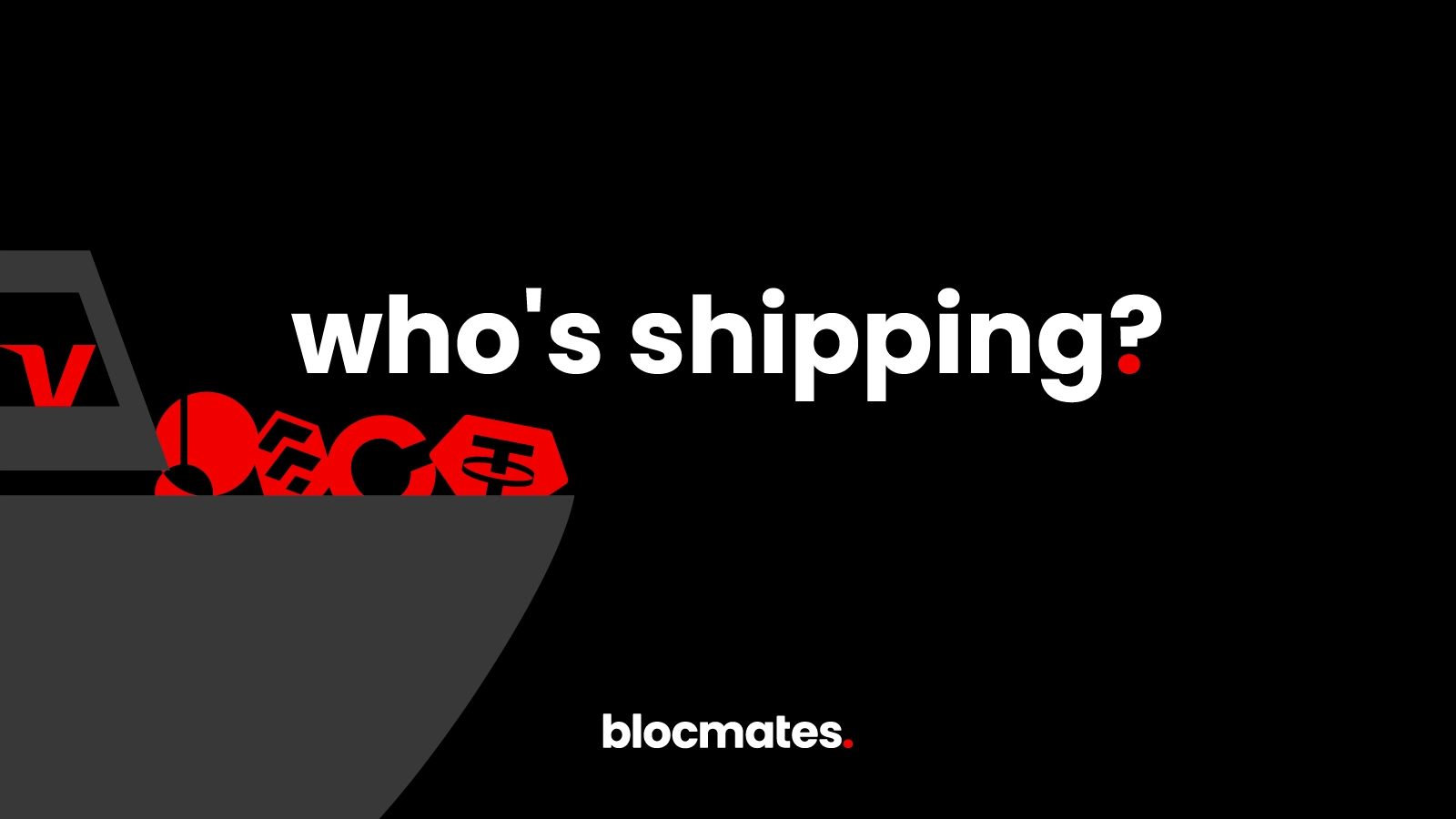
%20(1).webp)
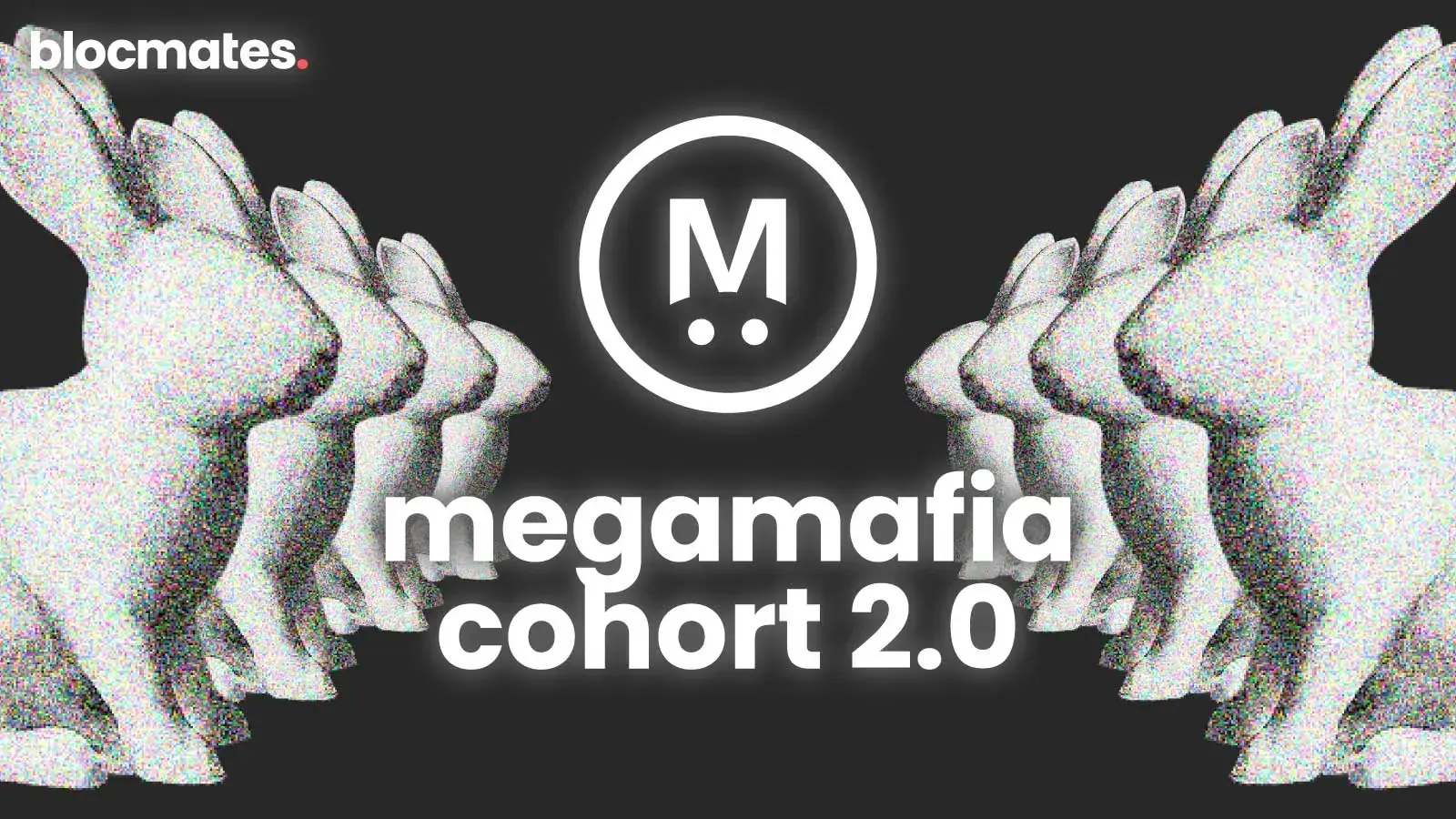
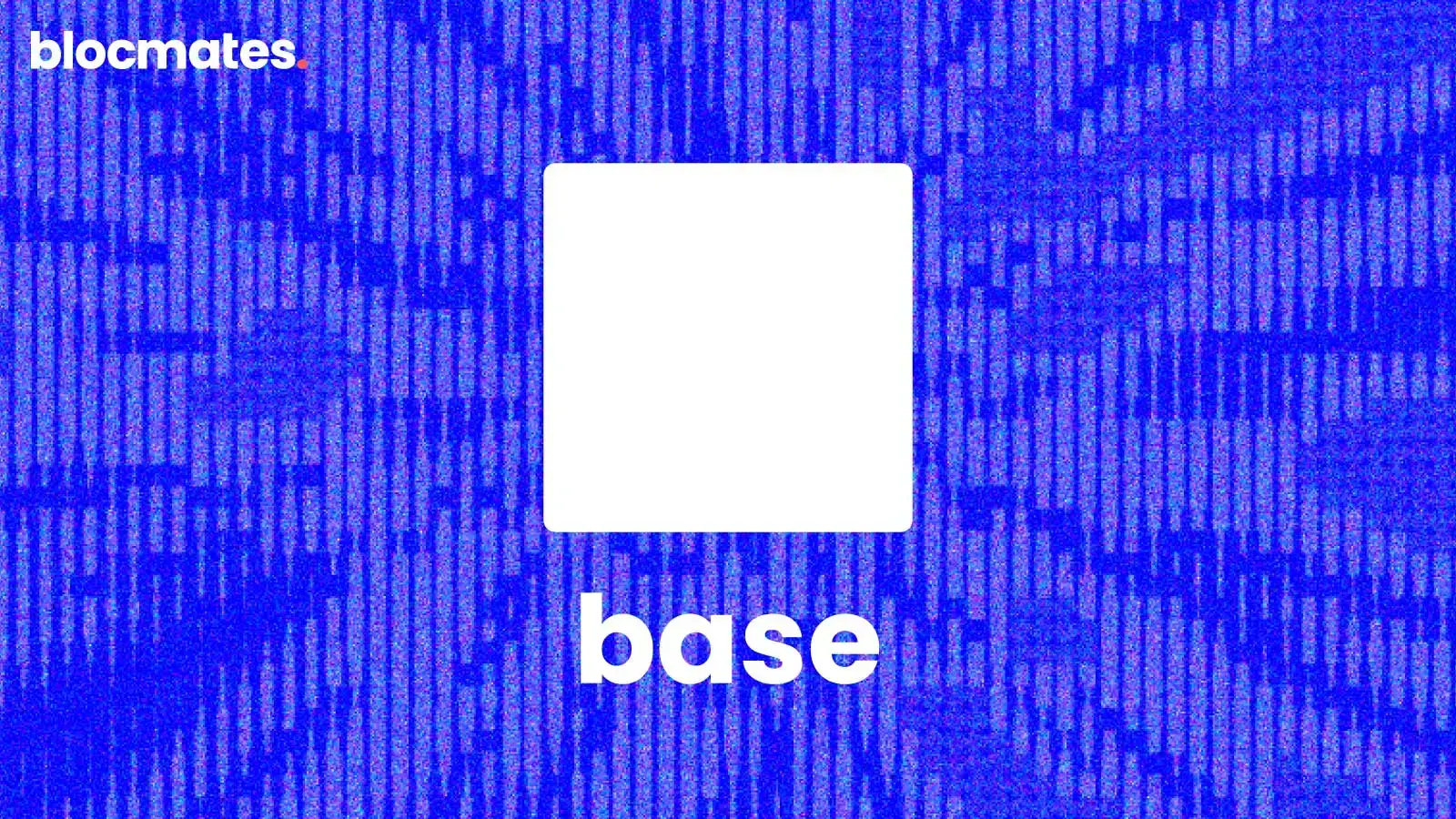
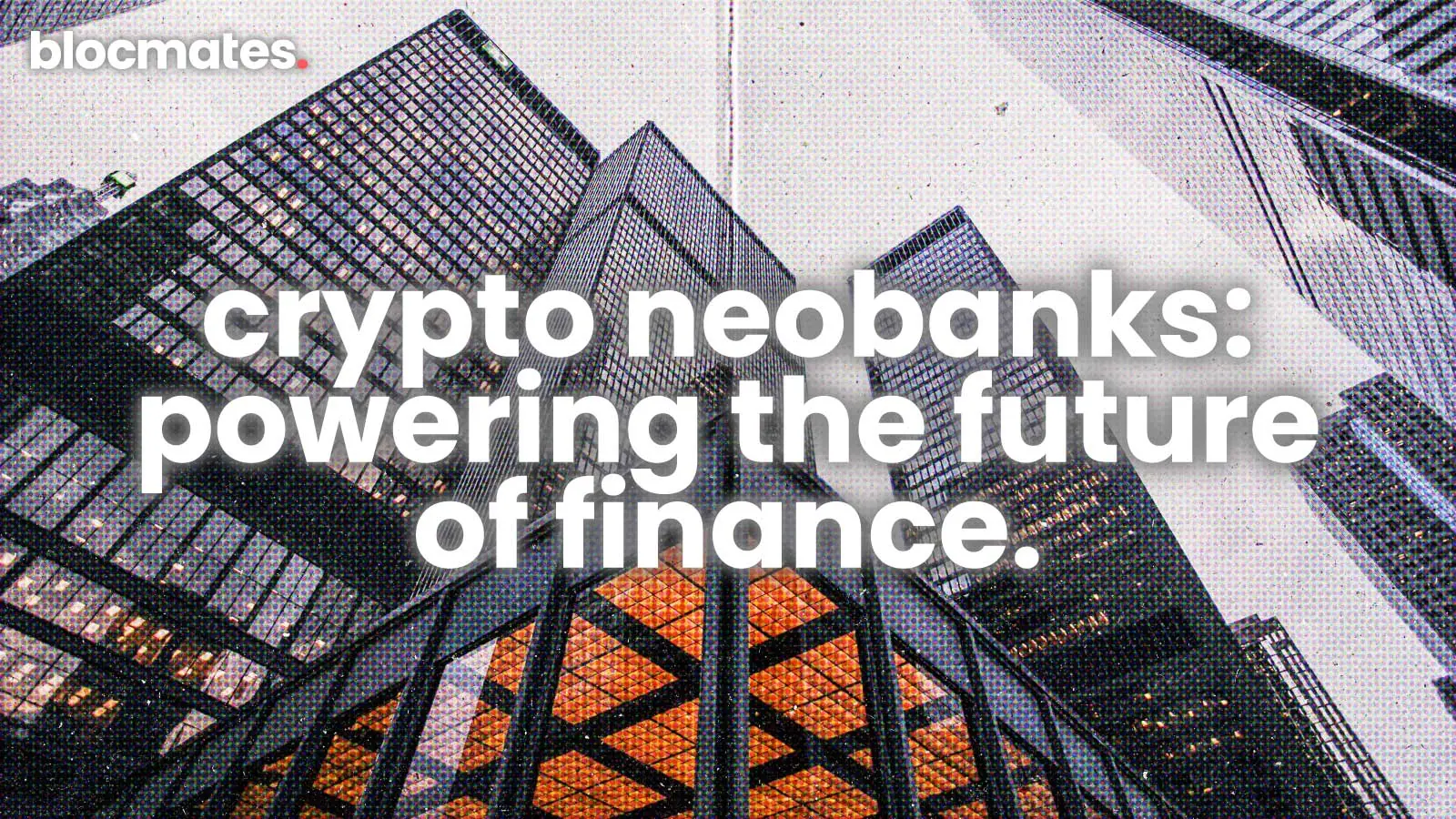


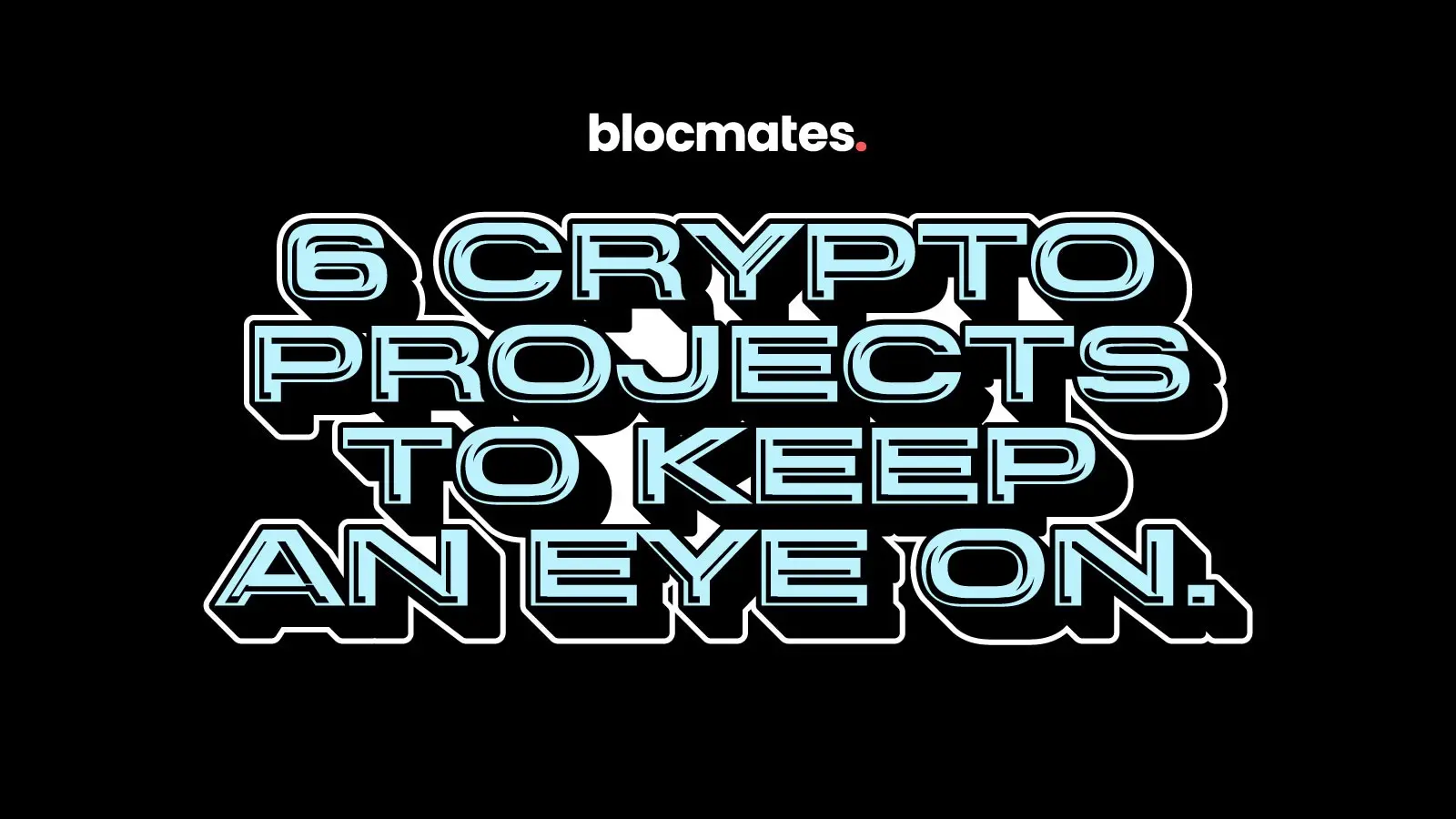
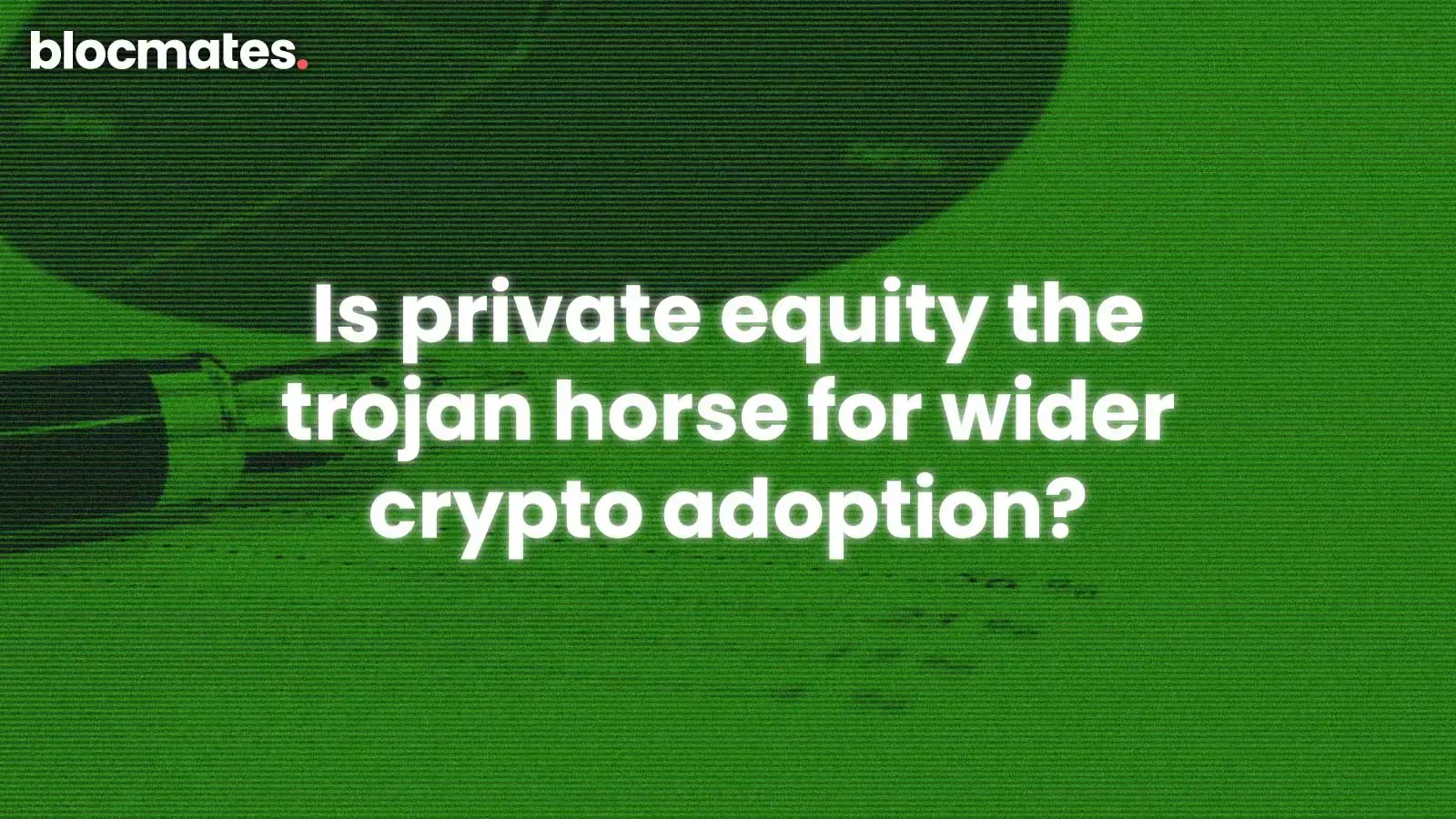
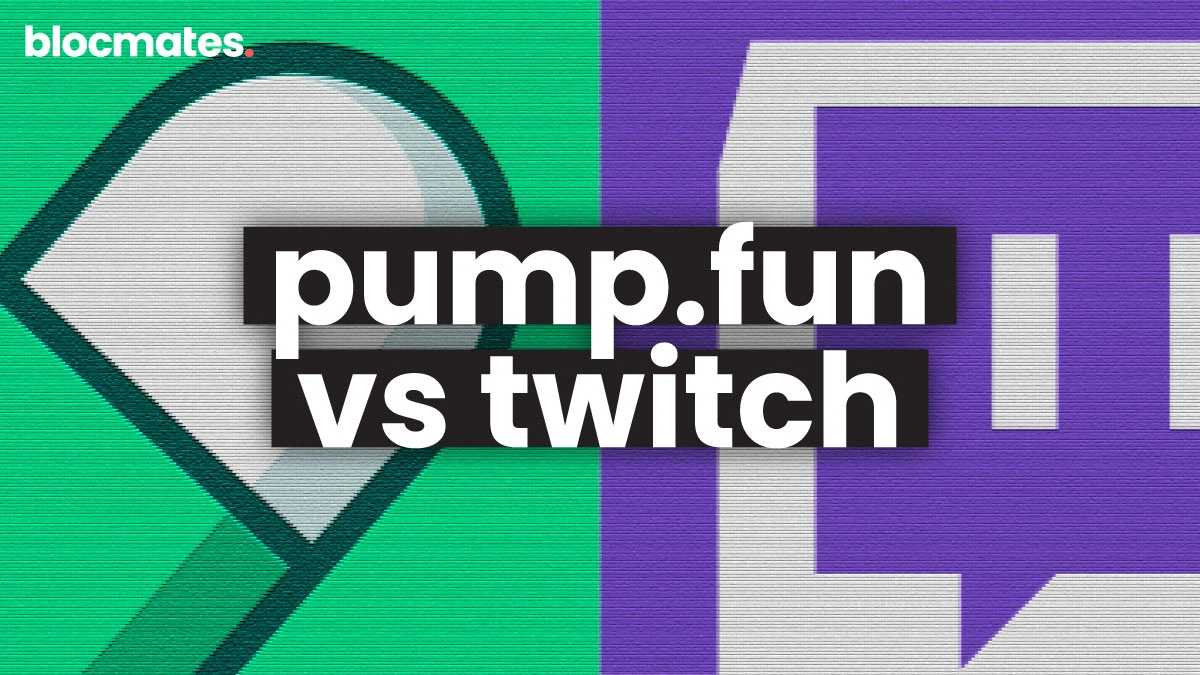

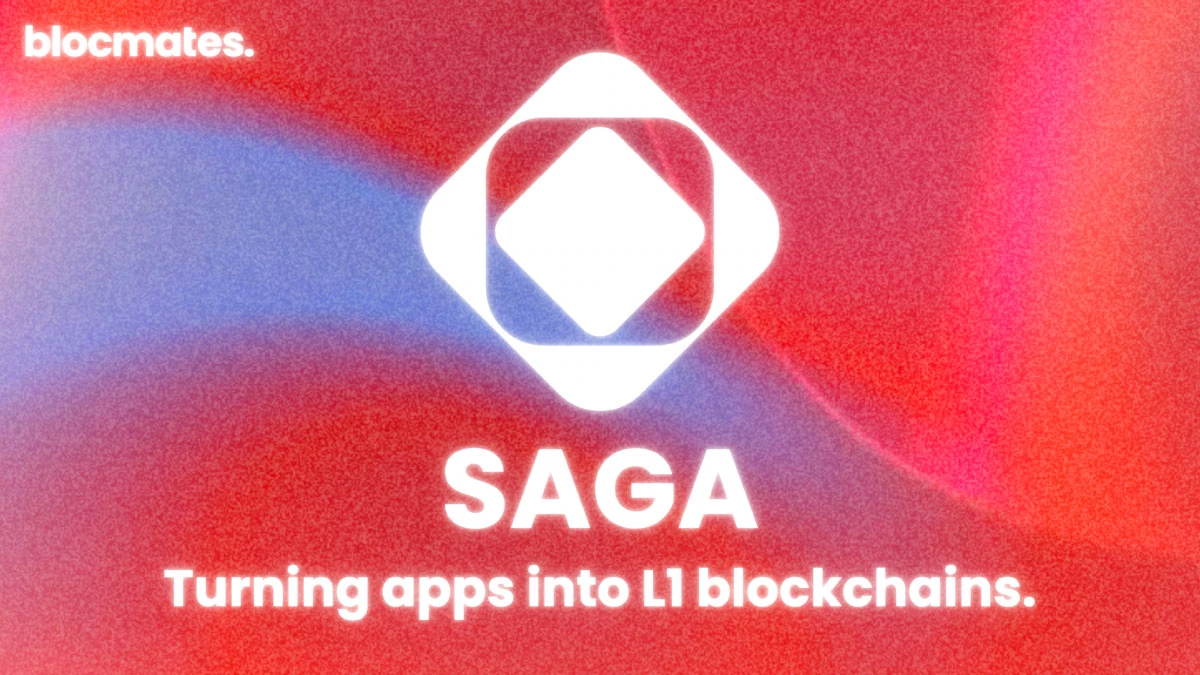

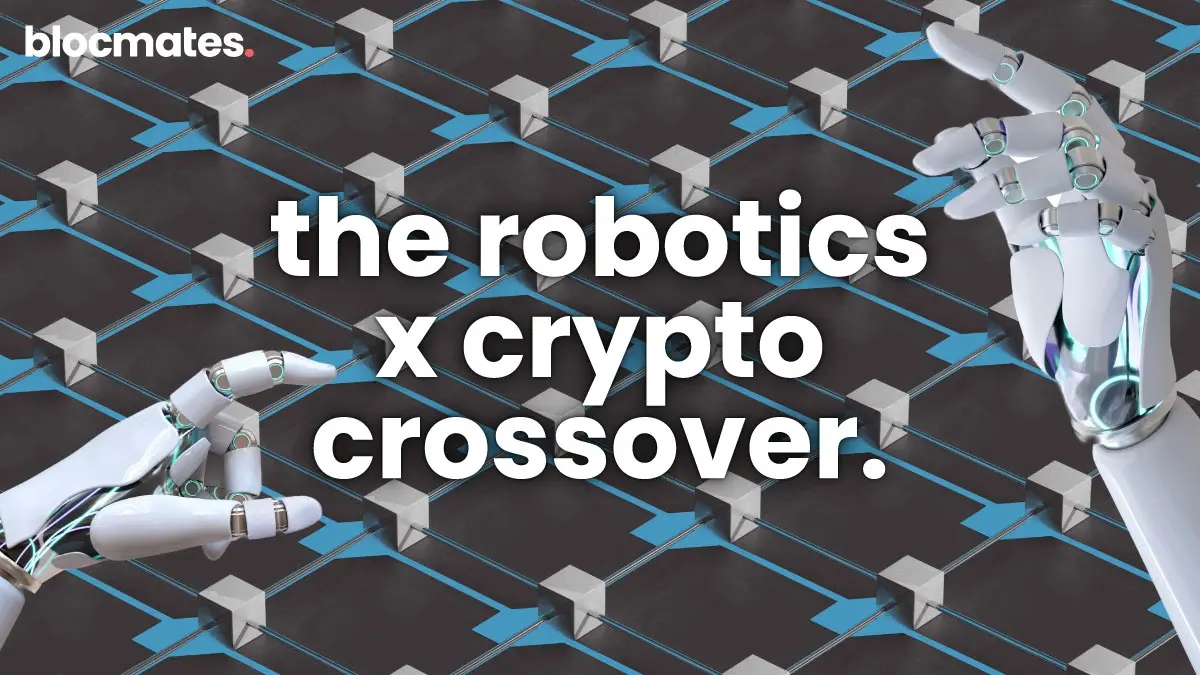
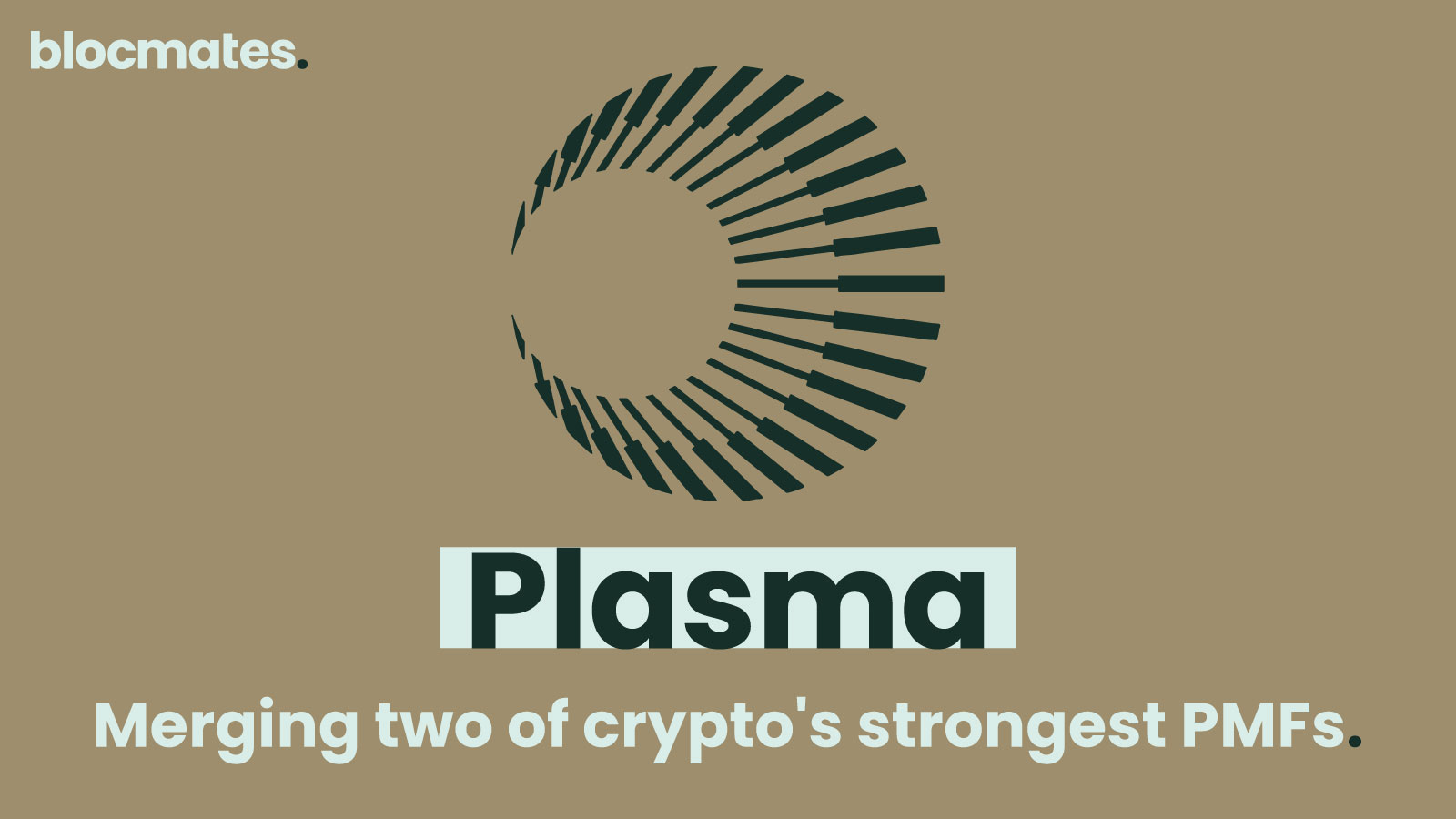

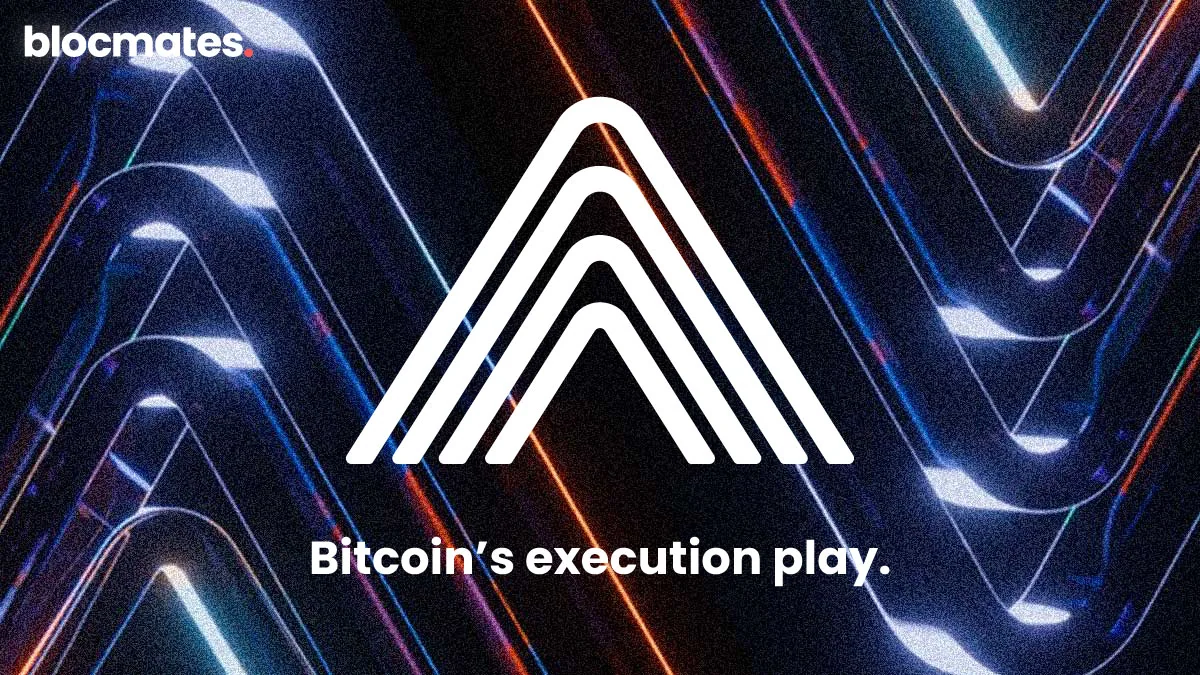
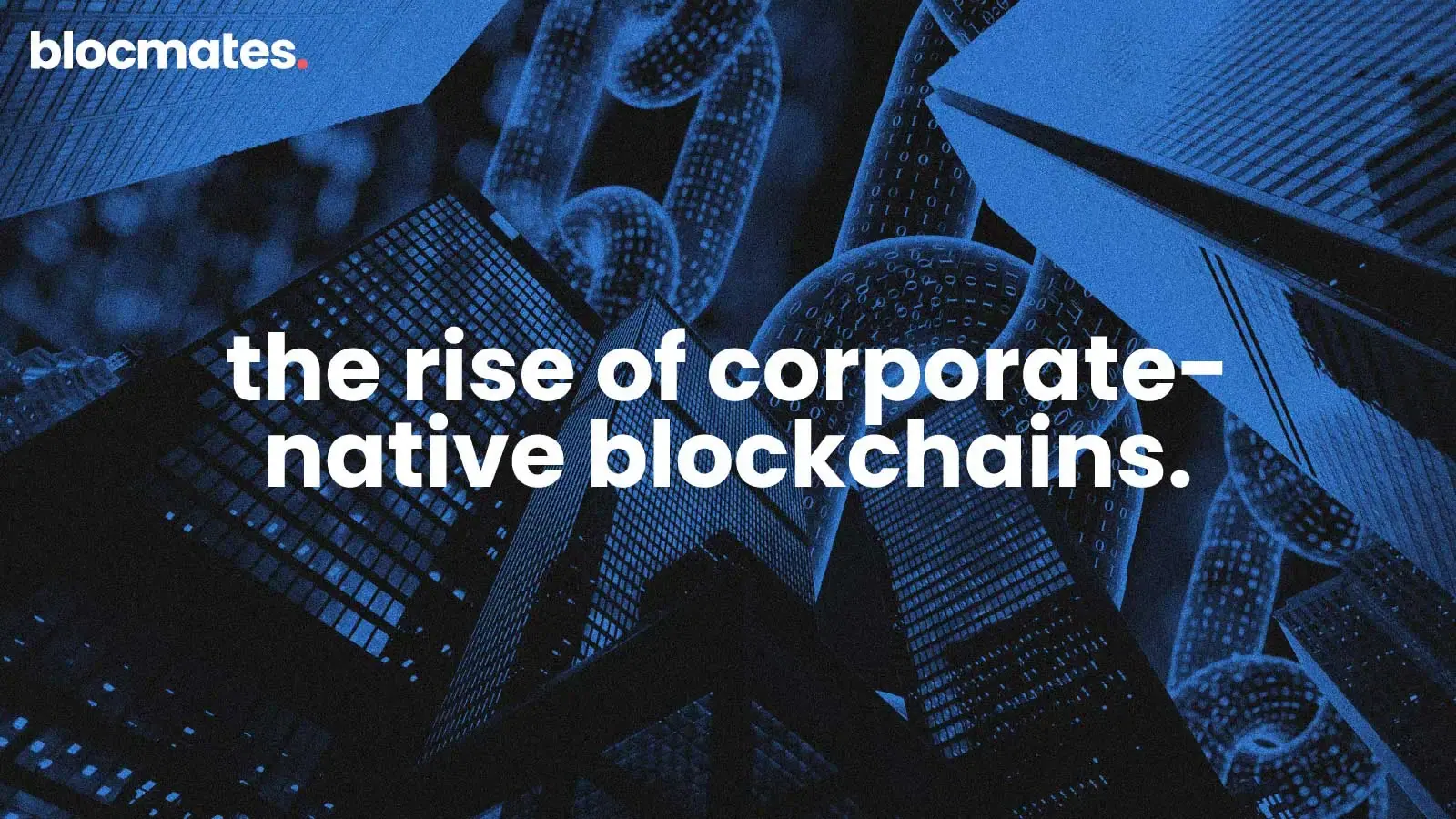
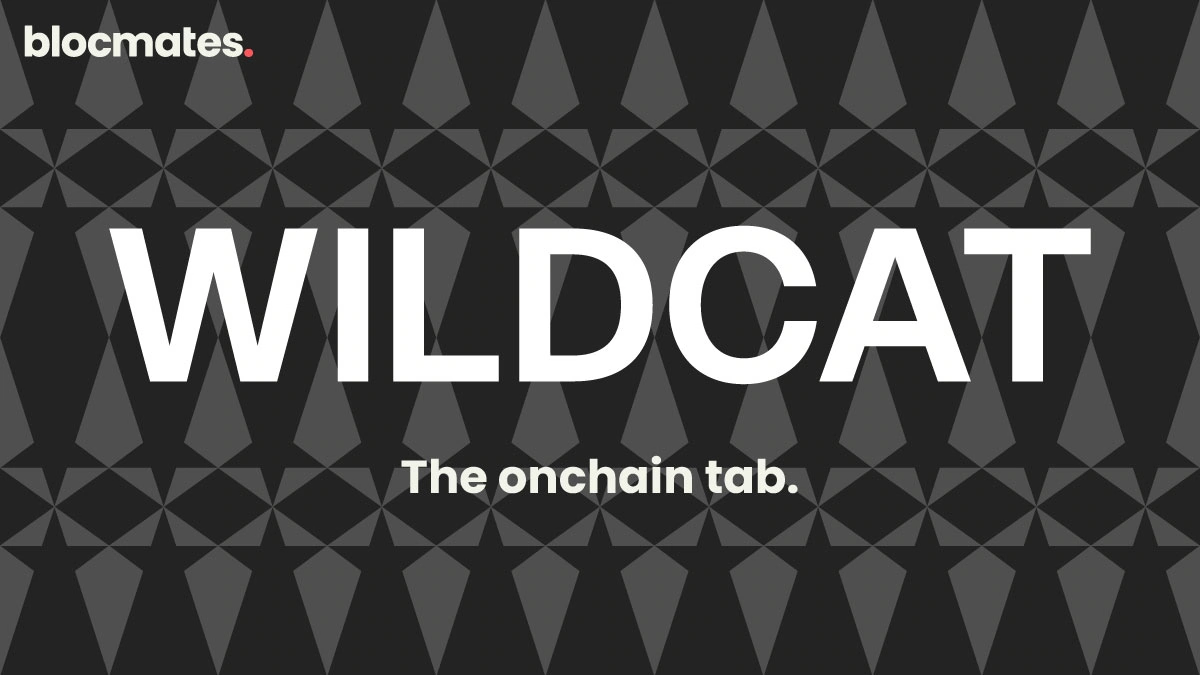
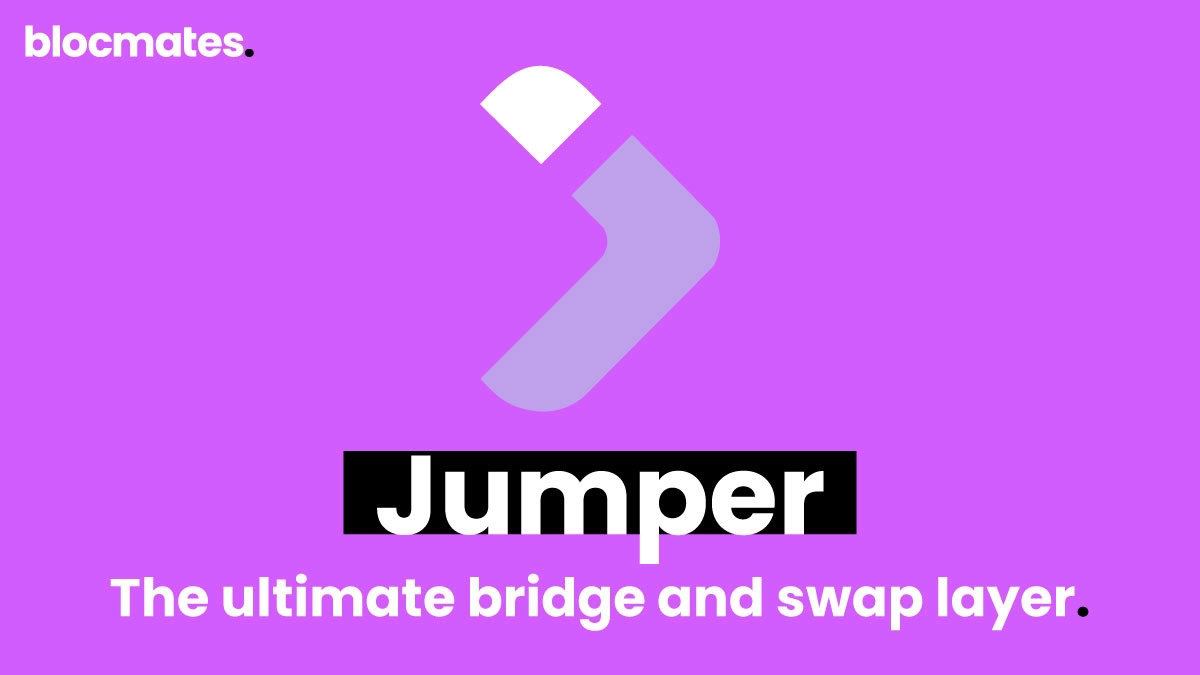
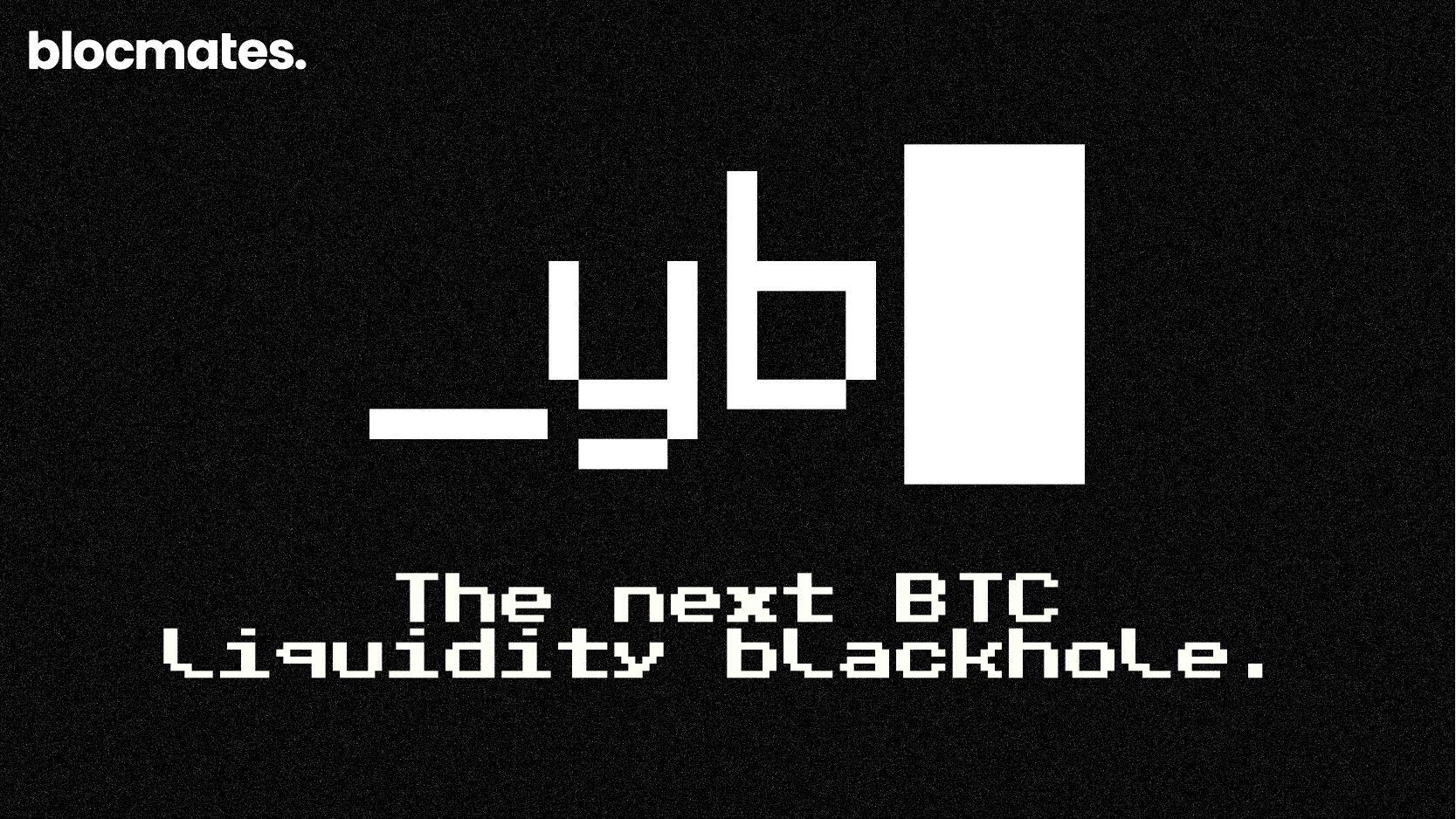
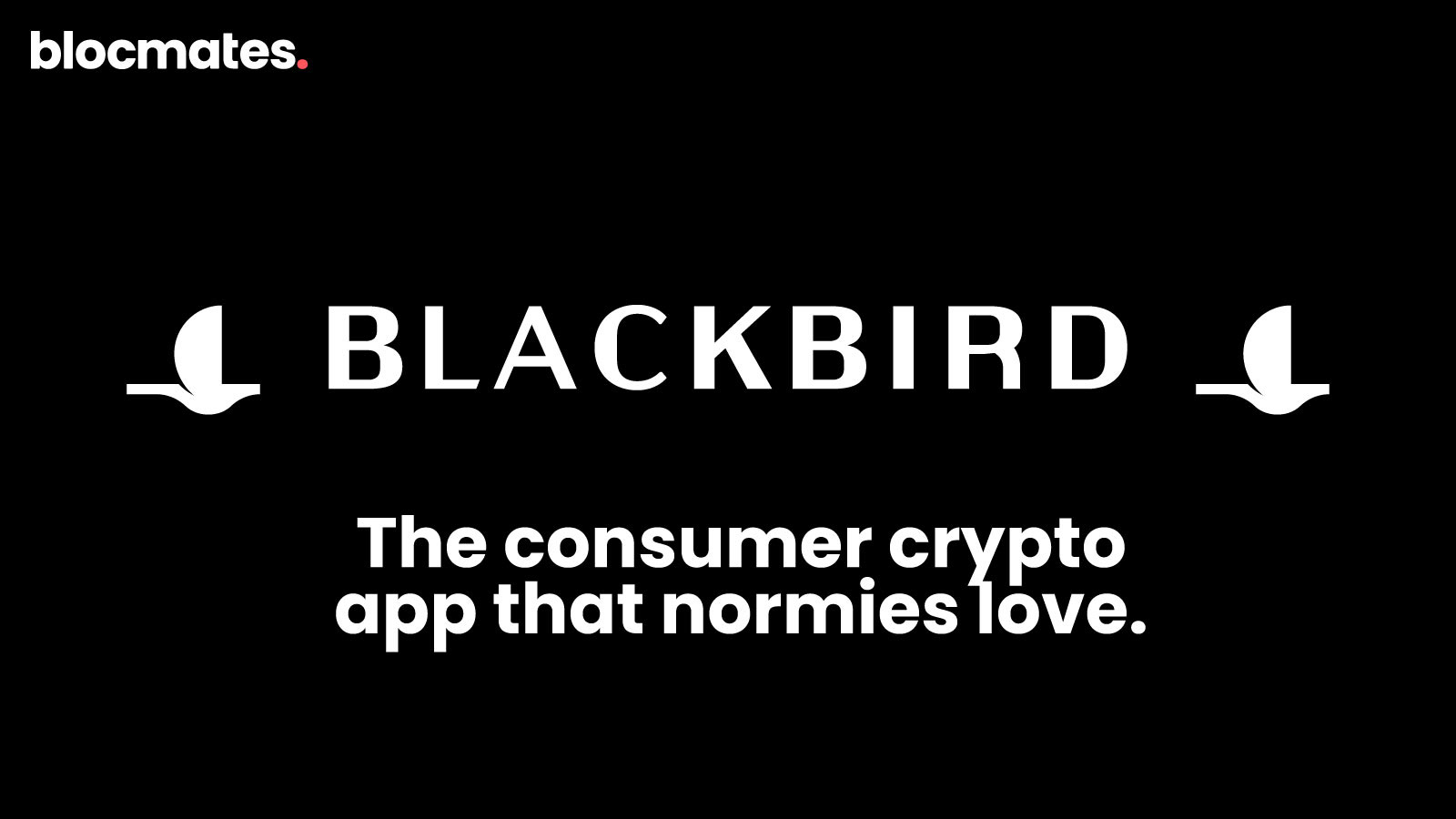


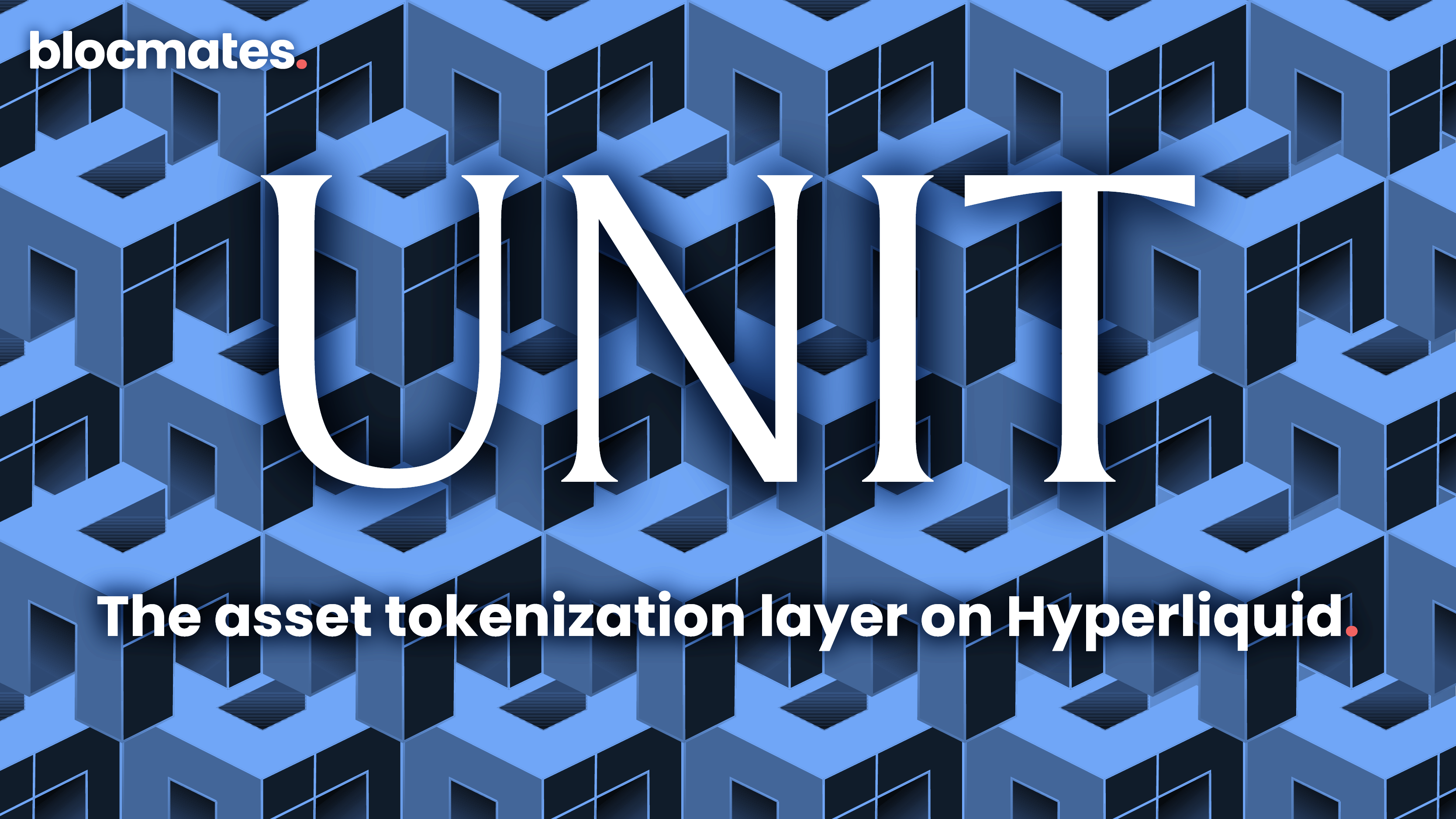




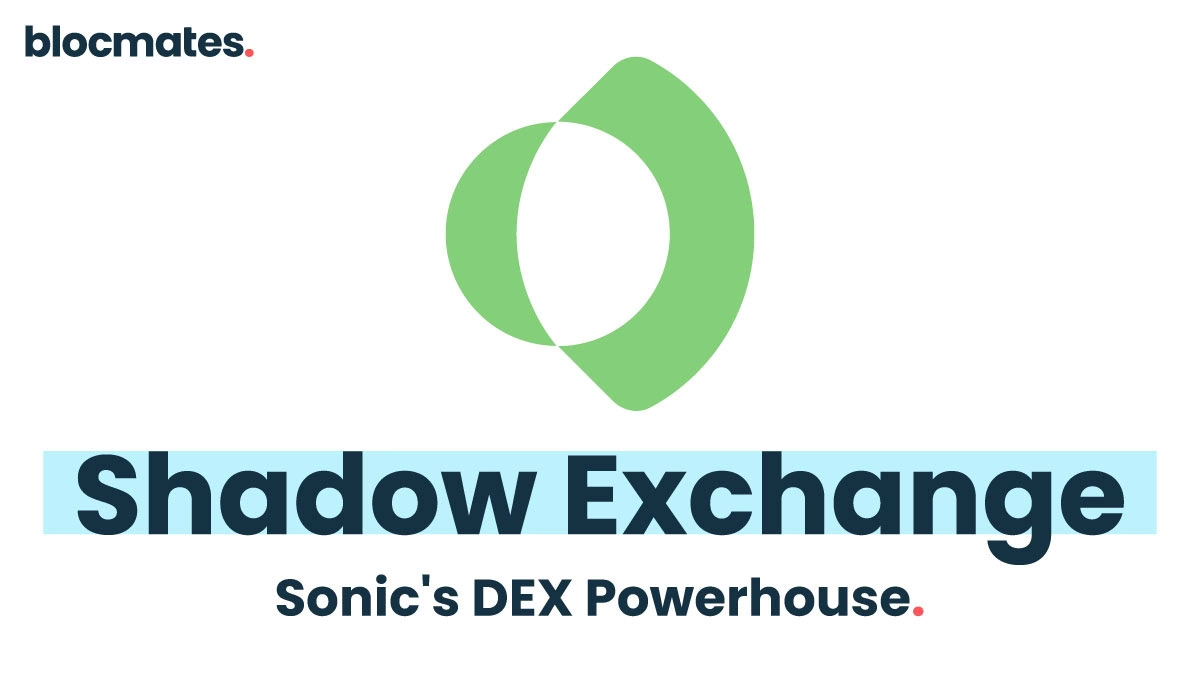


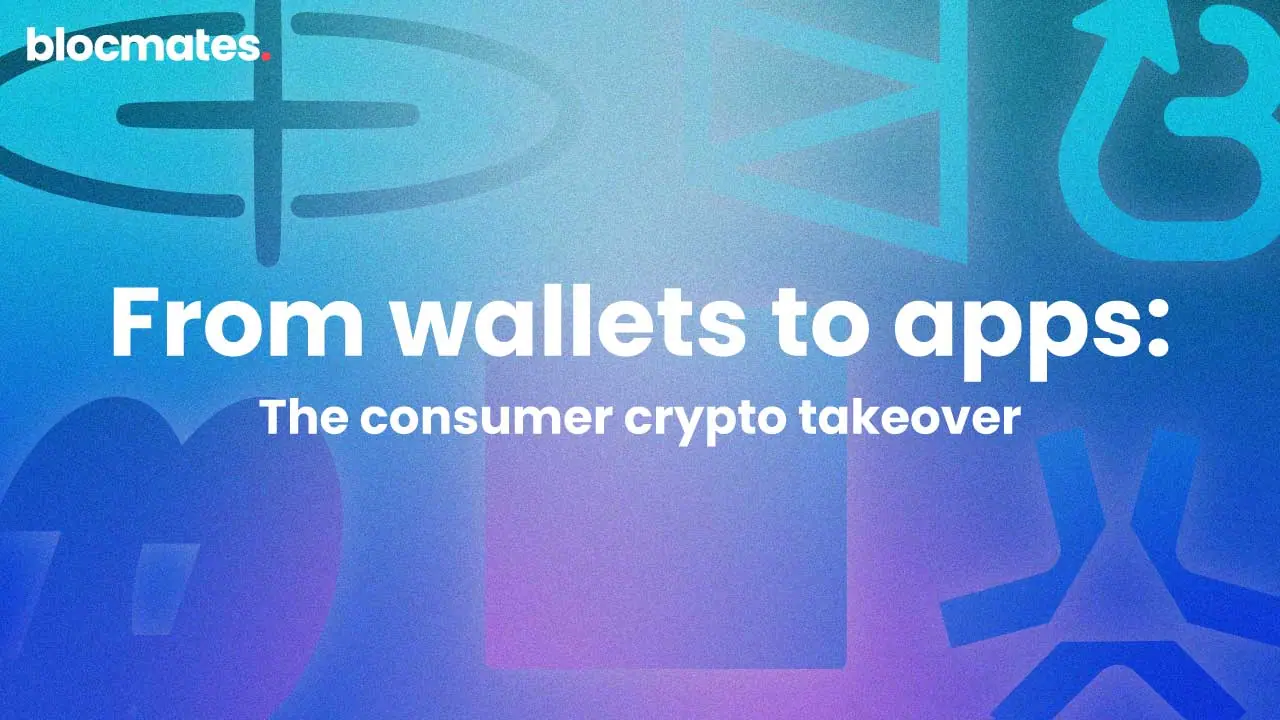




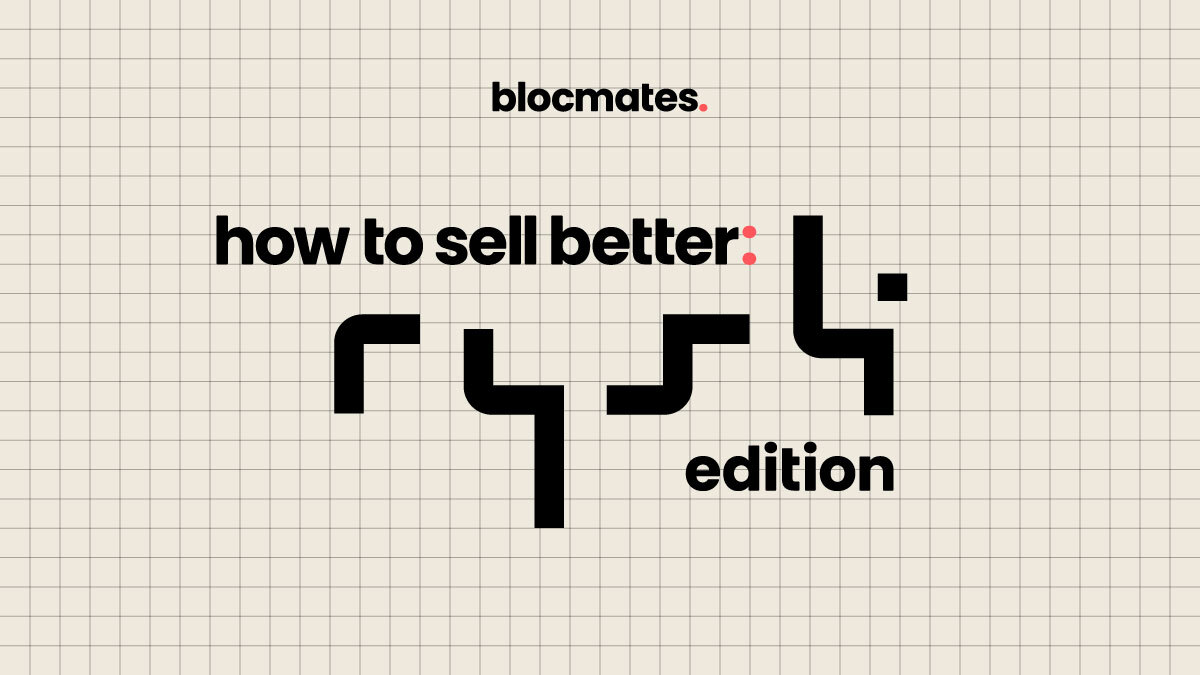
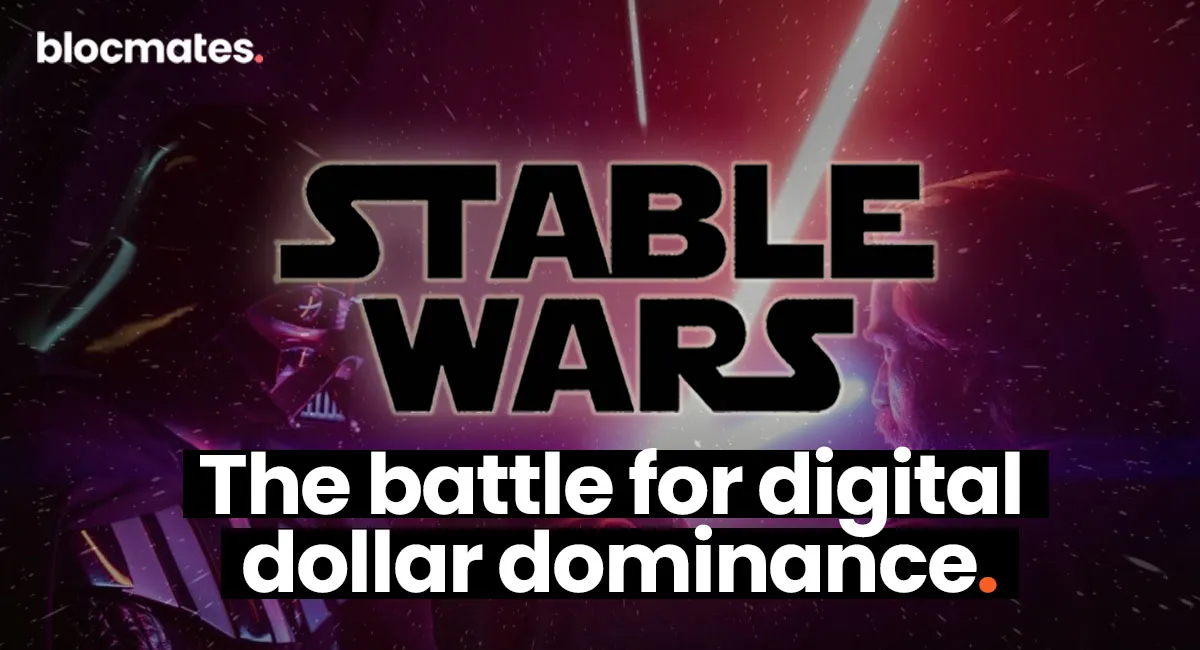

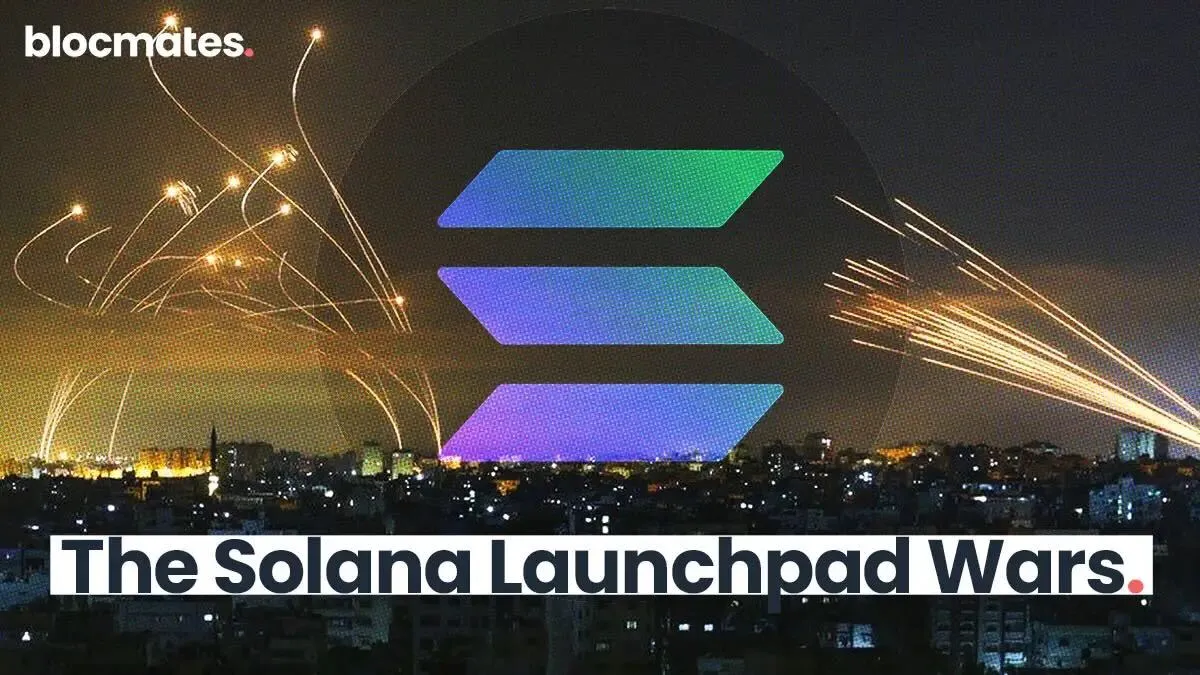




















%202.webp)


.webp)

.webp)
.webp)
.webp)



.webp)

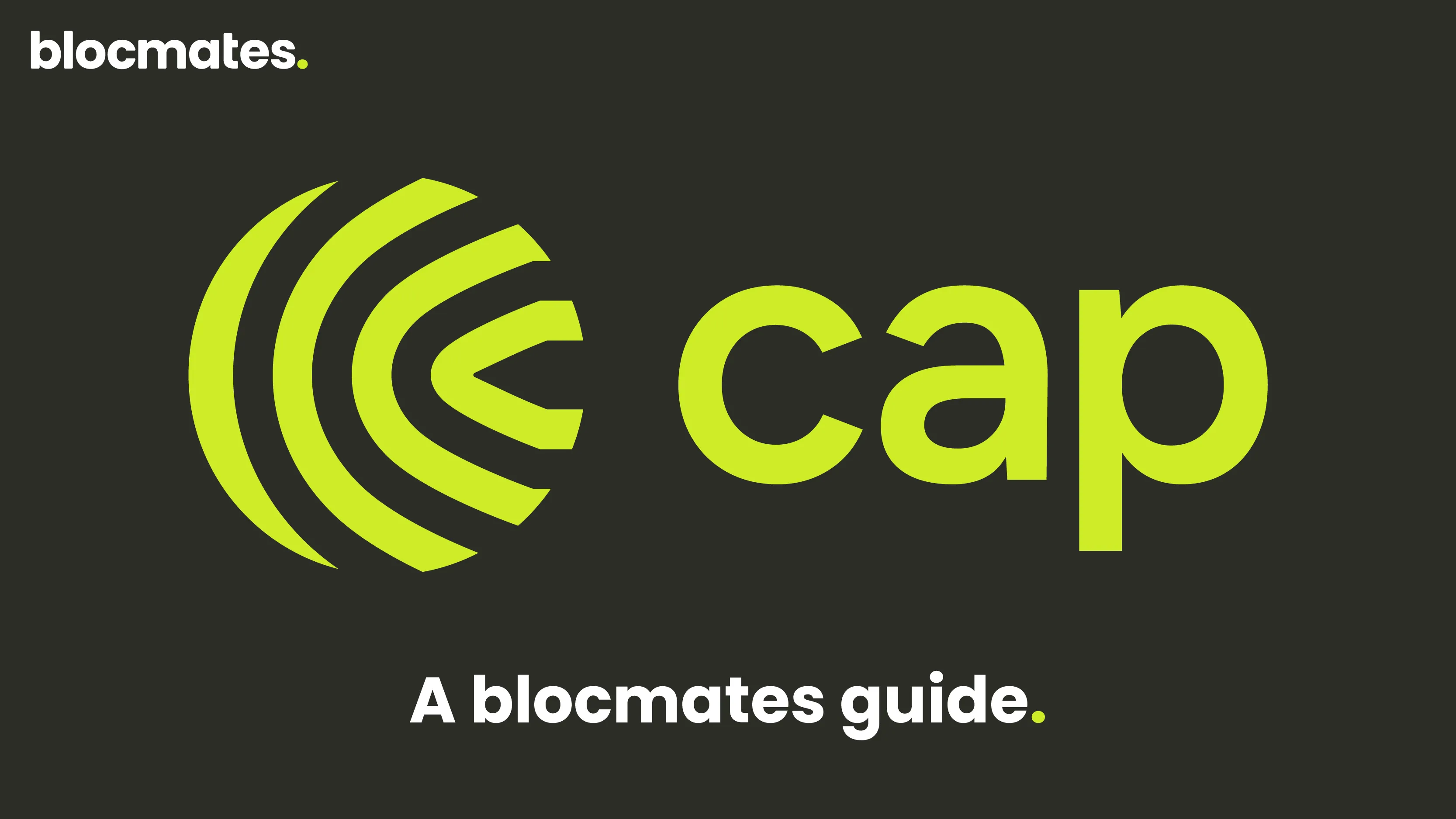










%20the%20Next%20Big%20Unlock%20in%20AI.webp)




.webp)
.webp)

.webp)
.webp)
.webp)


.webp)
.webp)










.webp)


.webp)









.webp)







.webp)
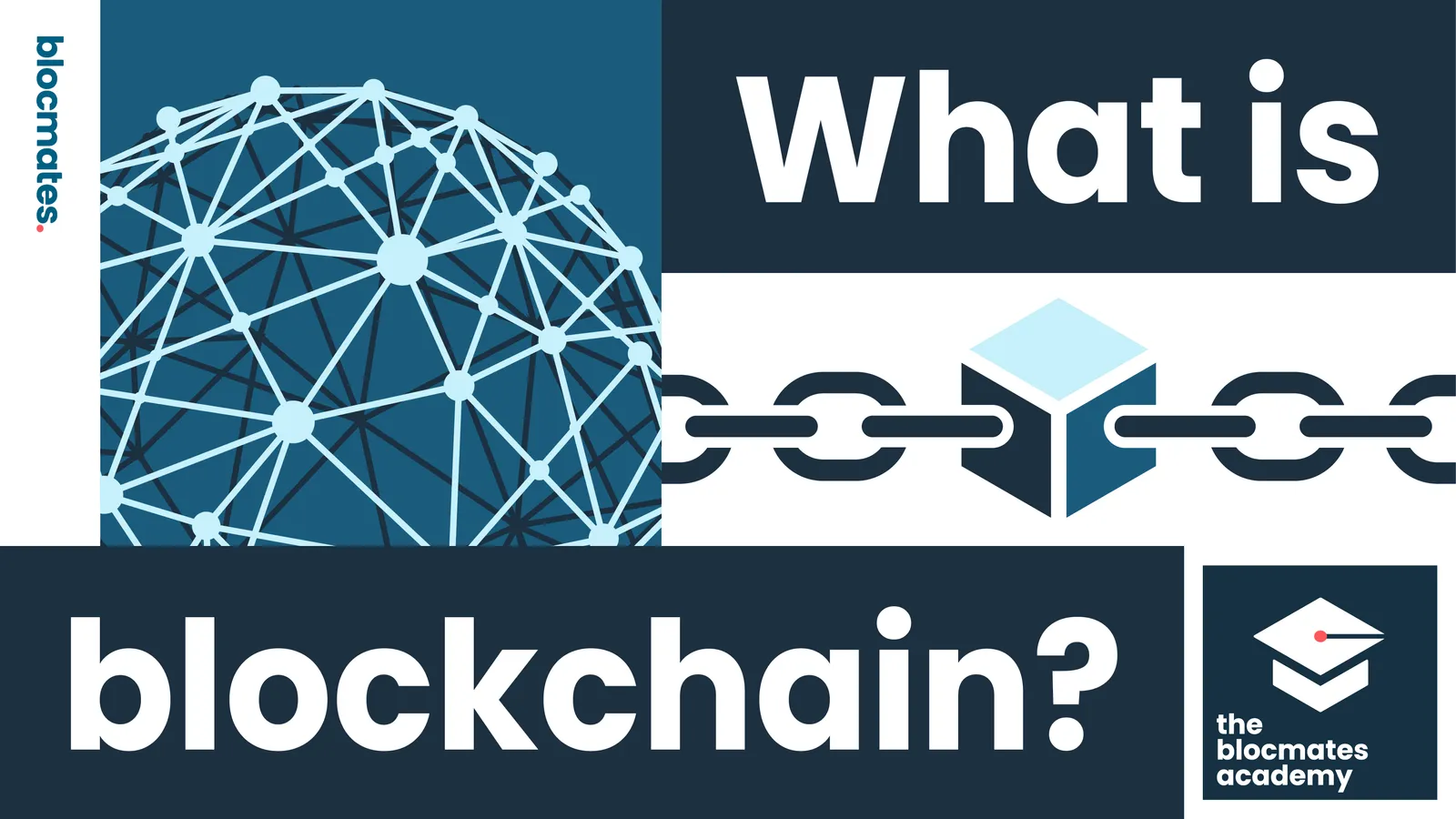



.webp)














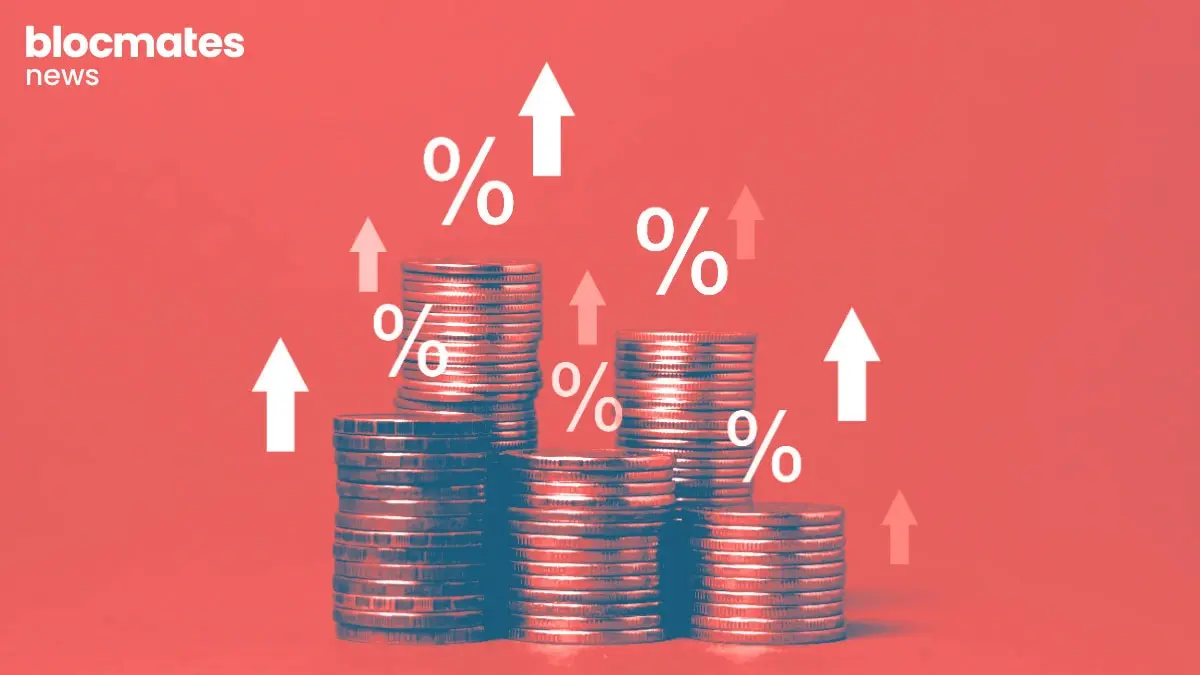

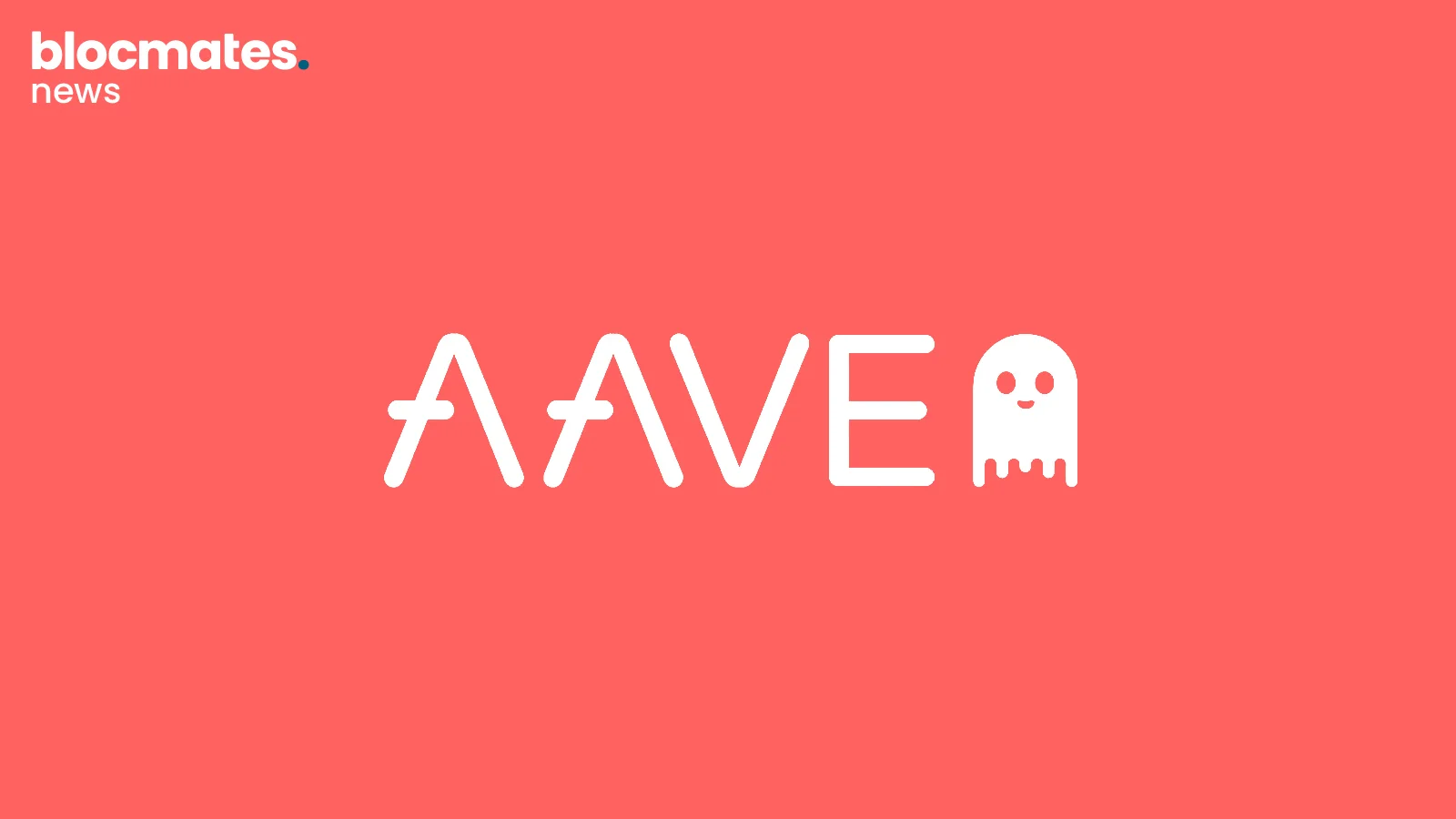

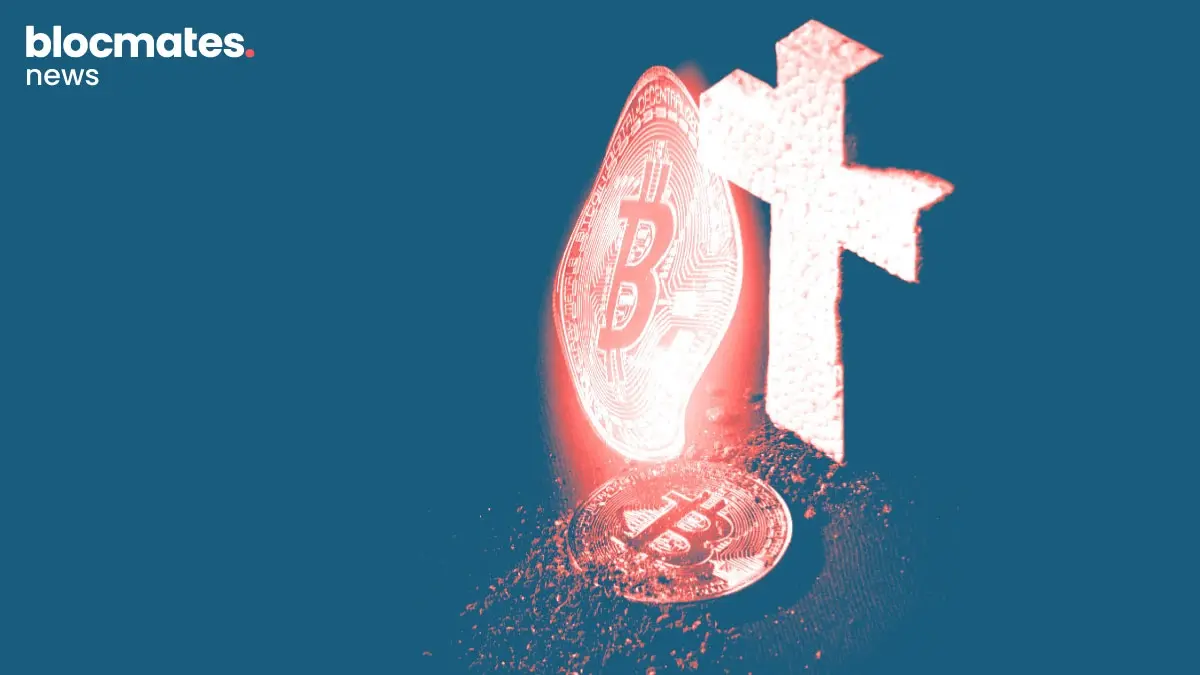




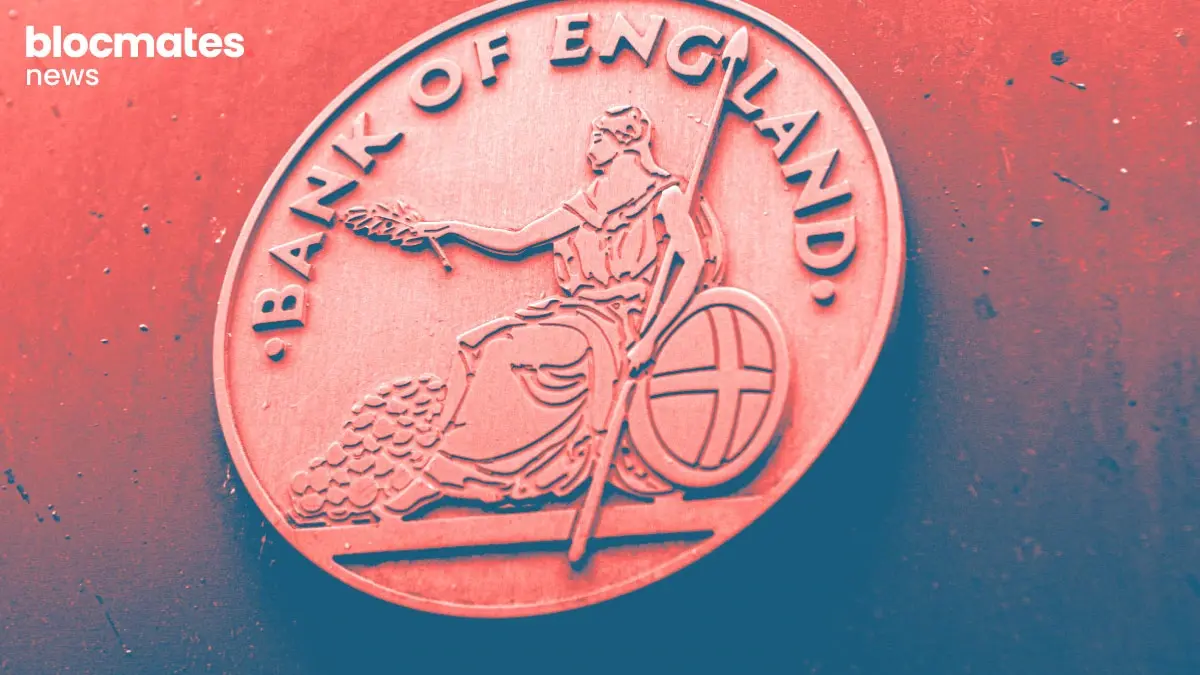
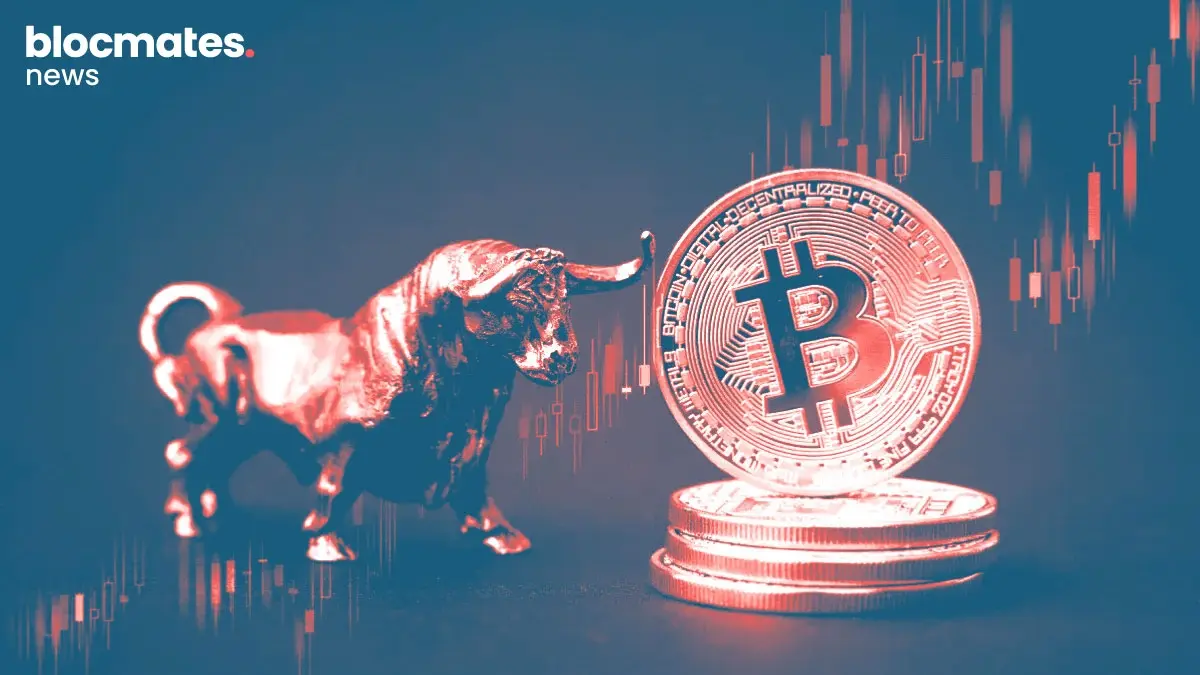

.webp)
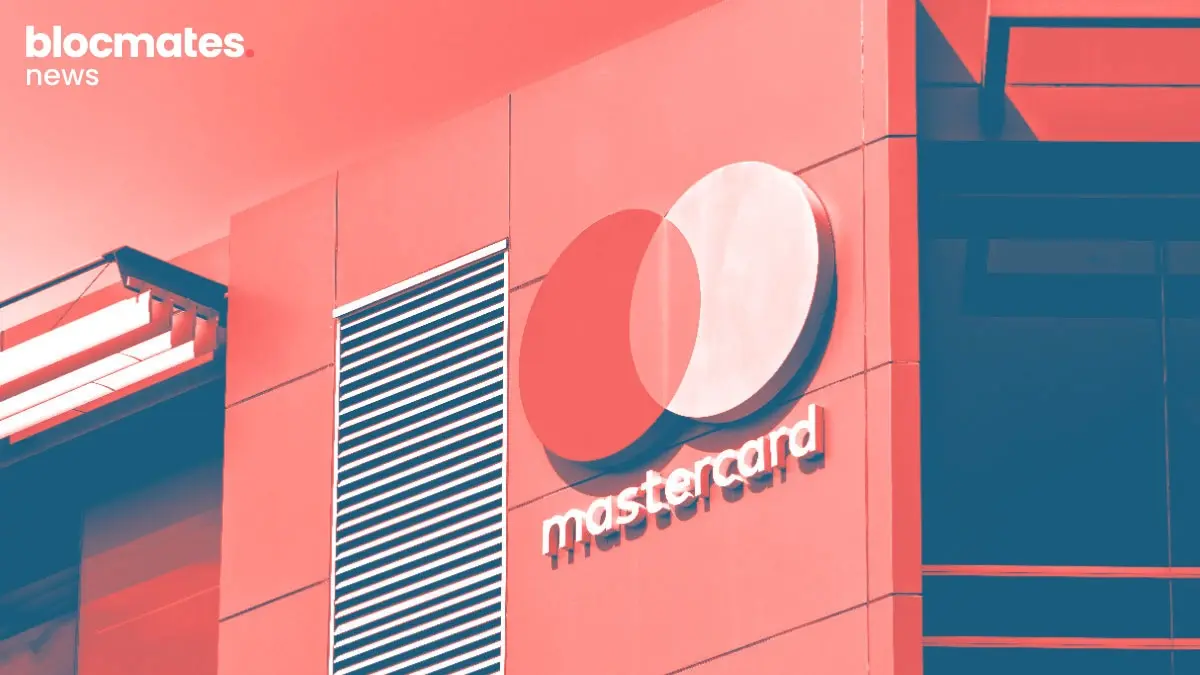


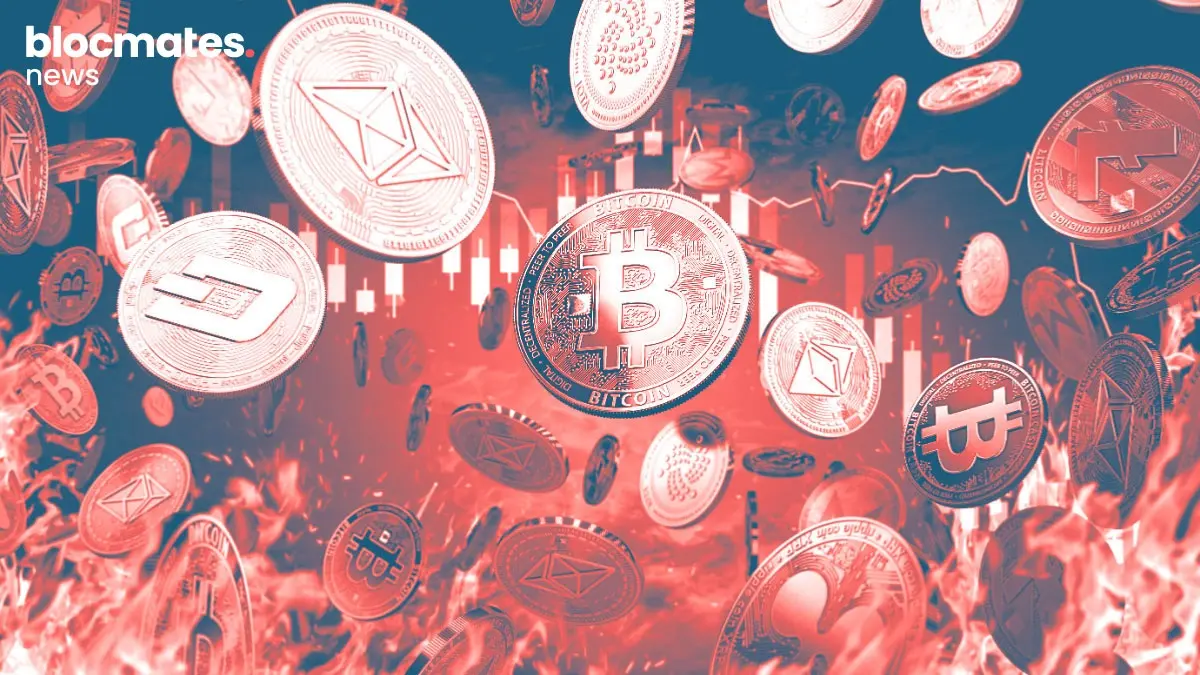



.webp)


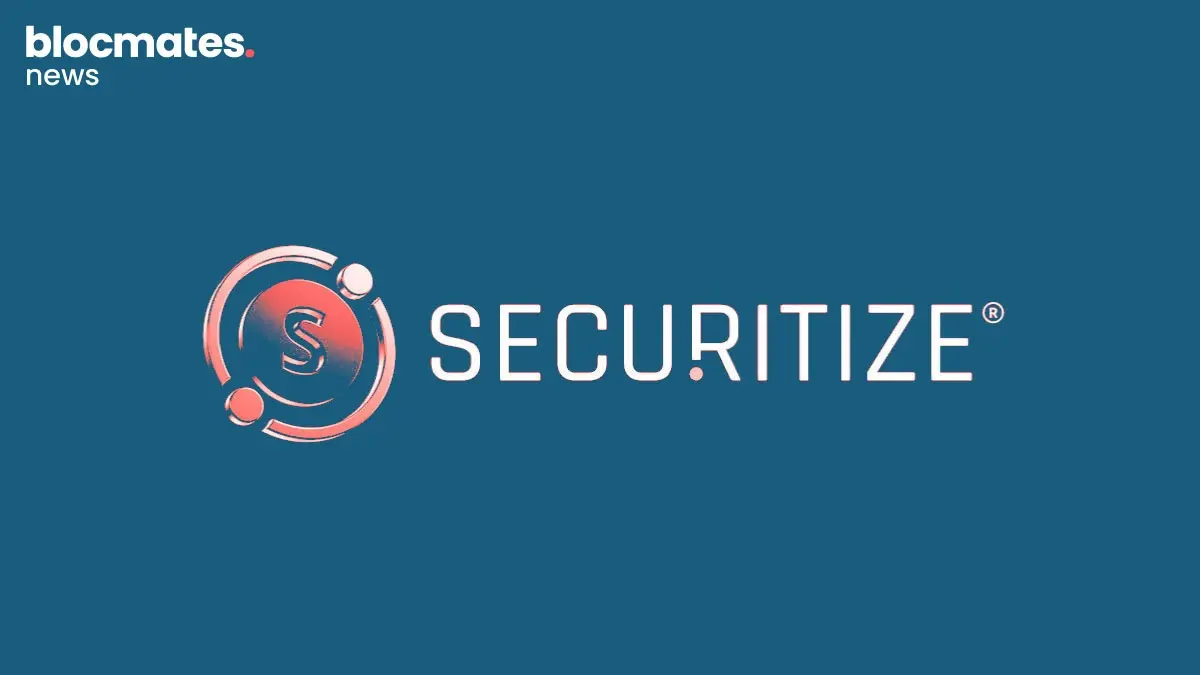

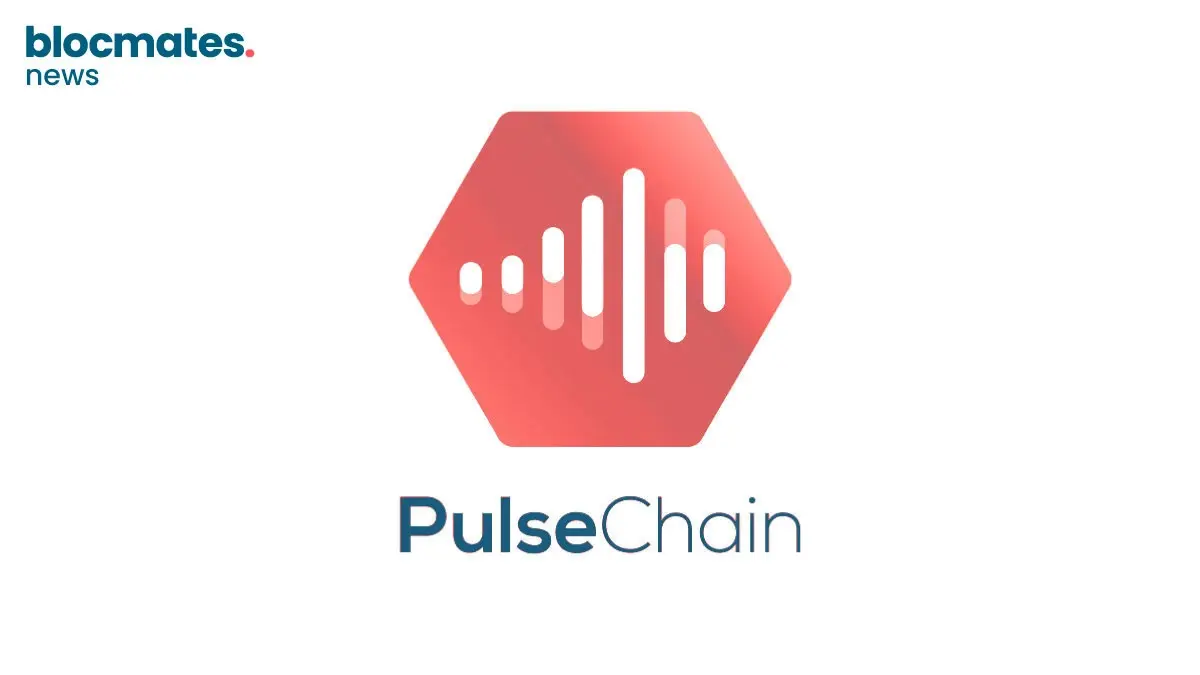
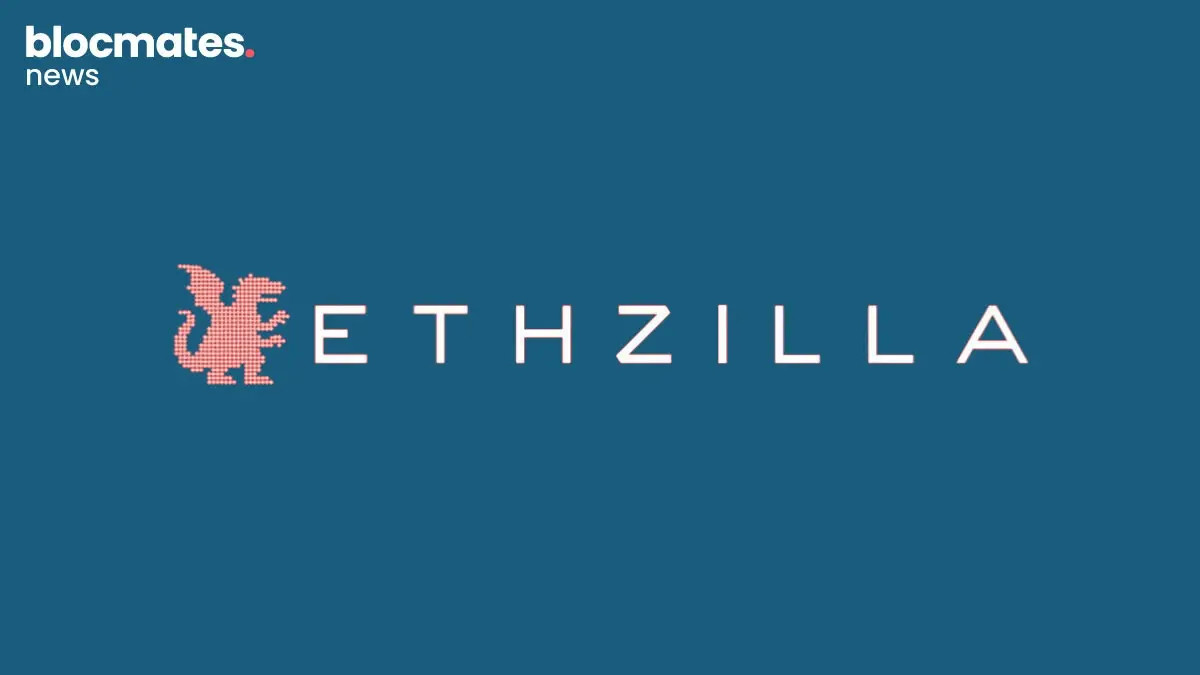
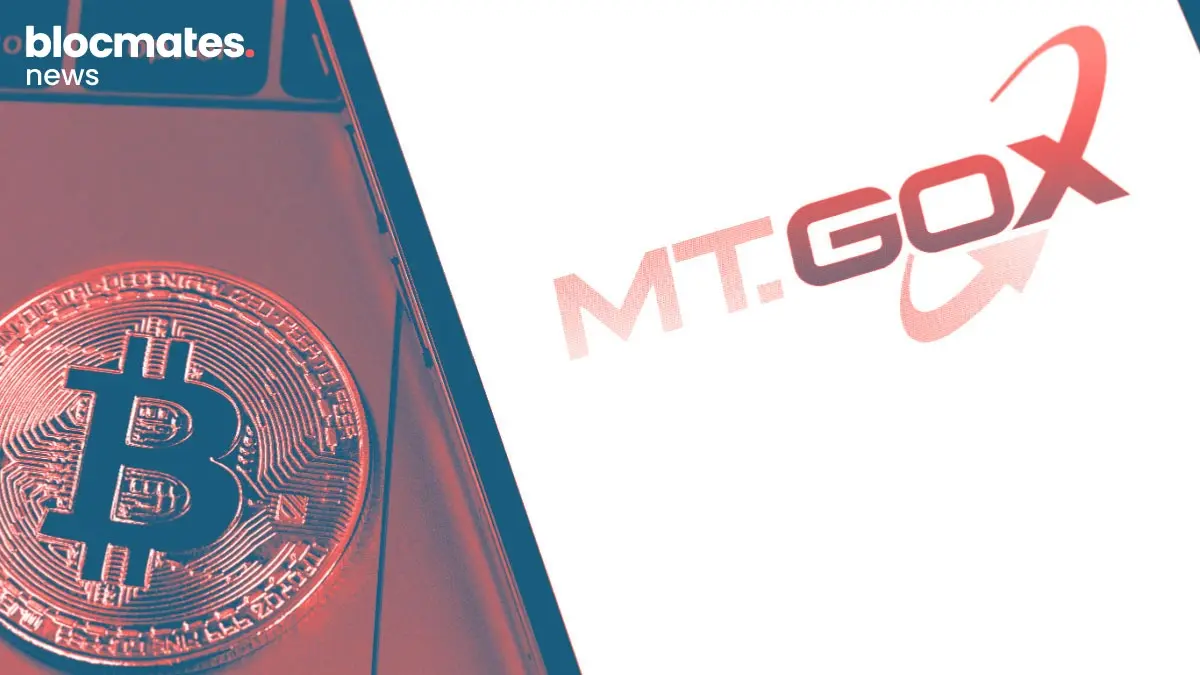
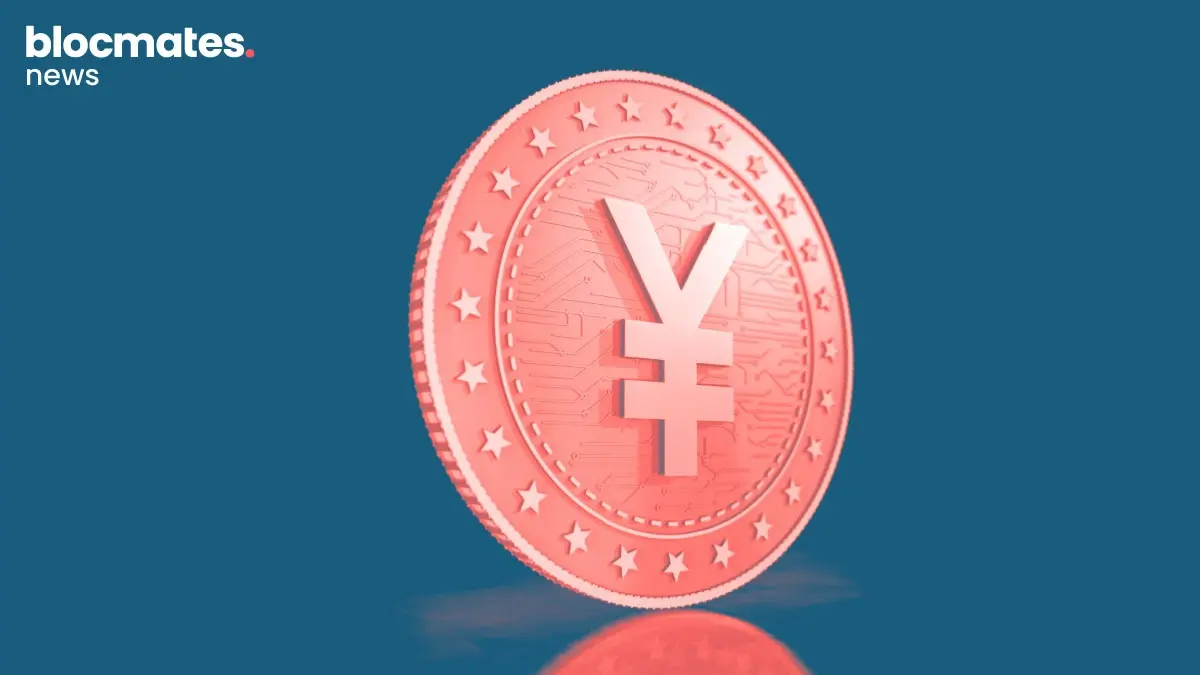
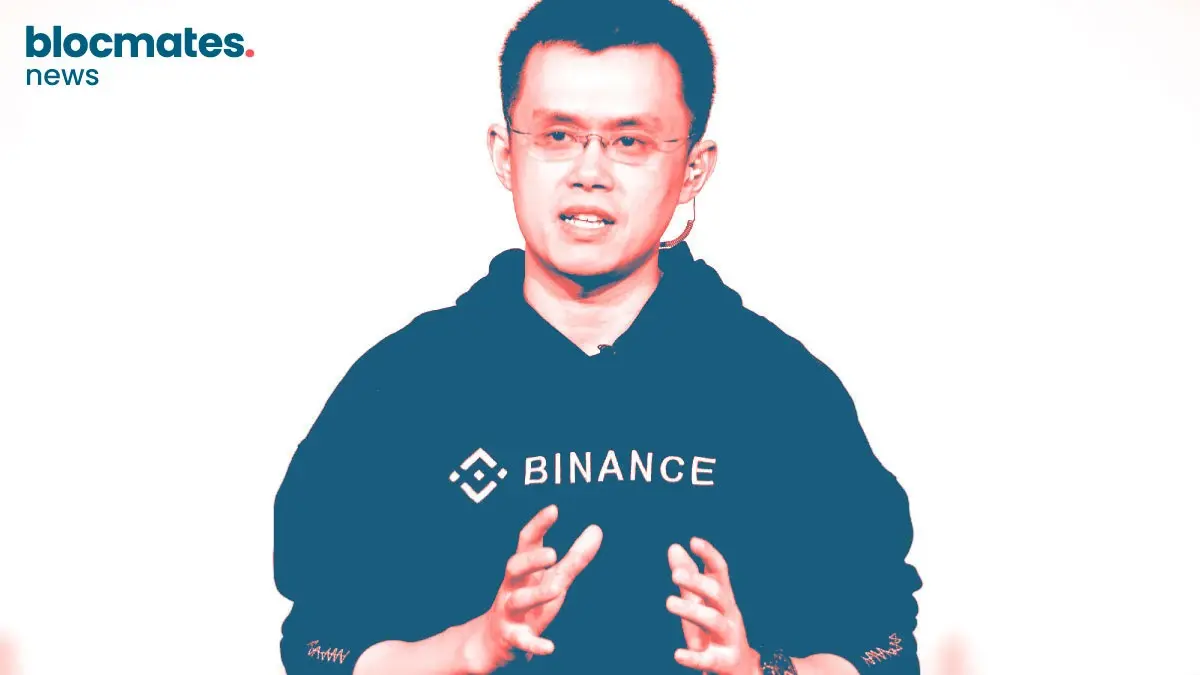


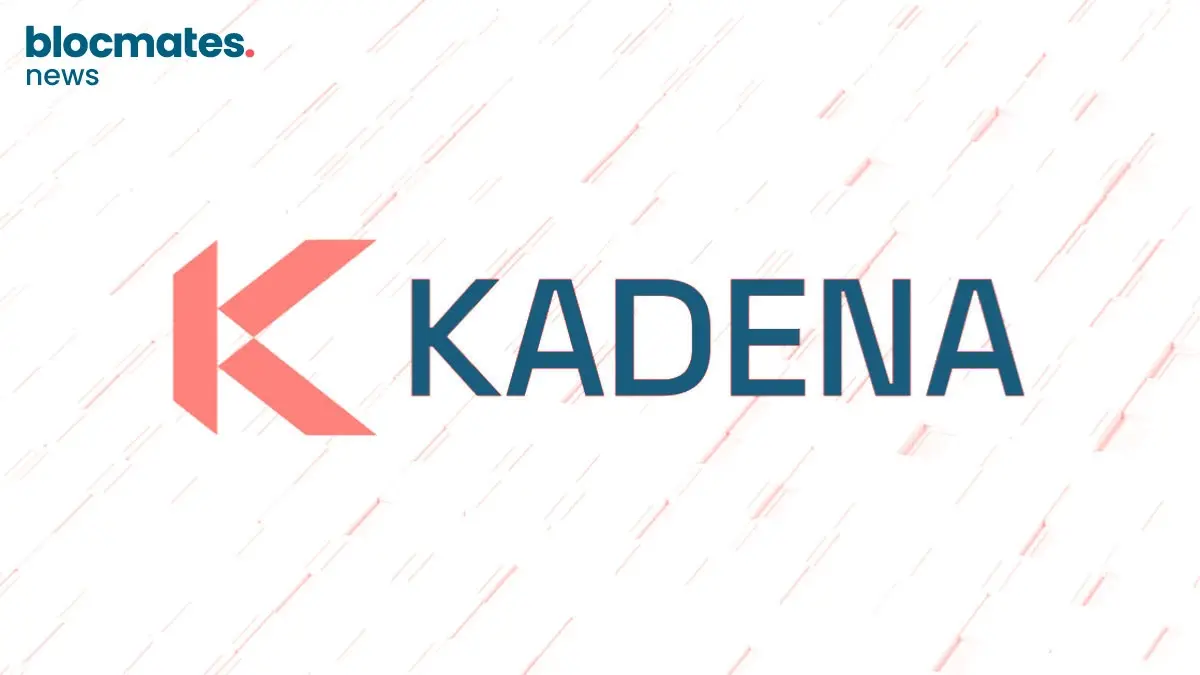

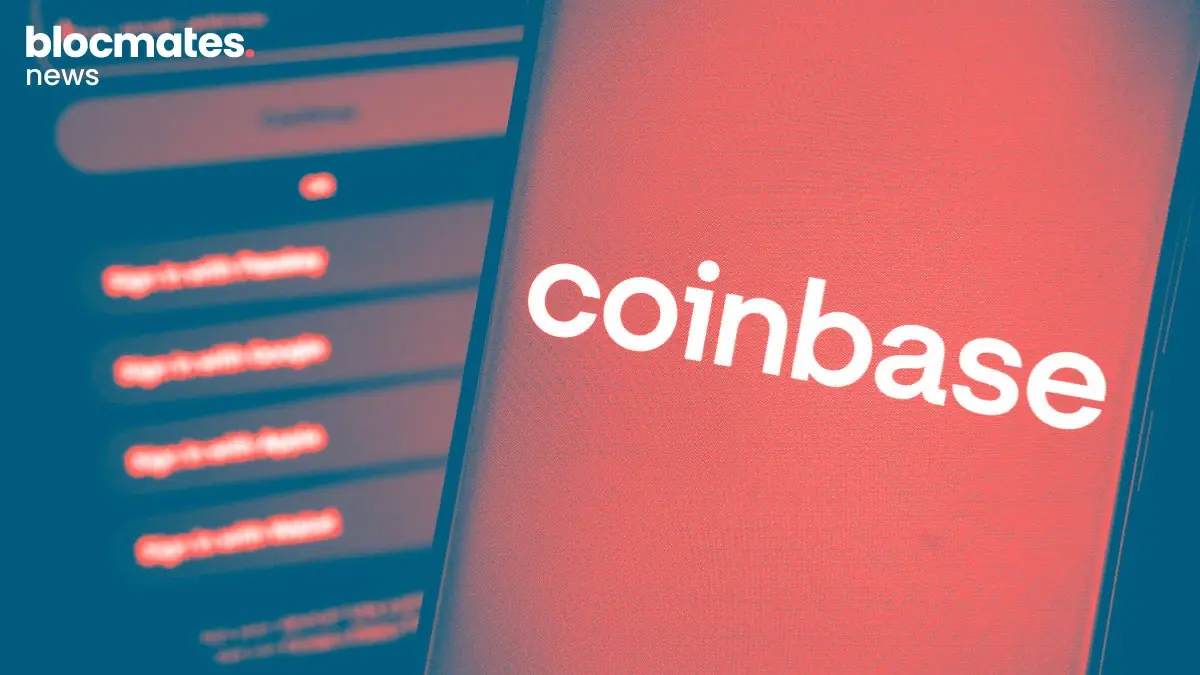
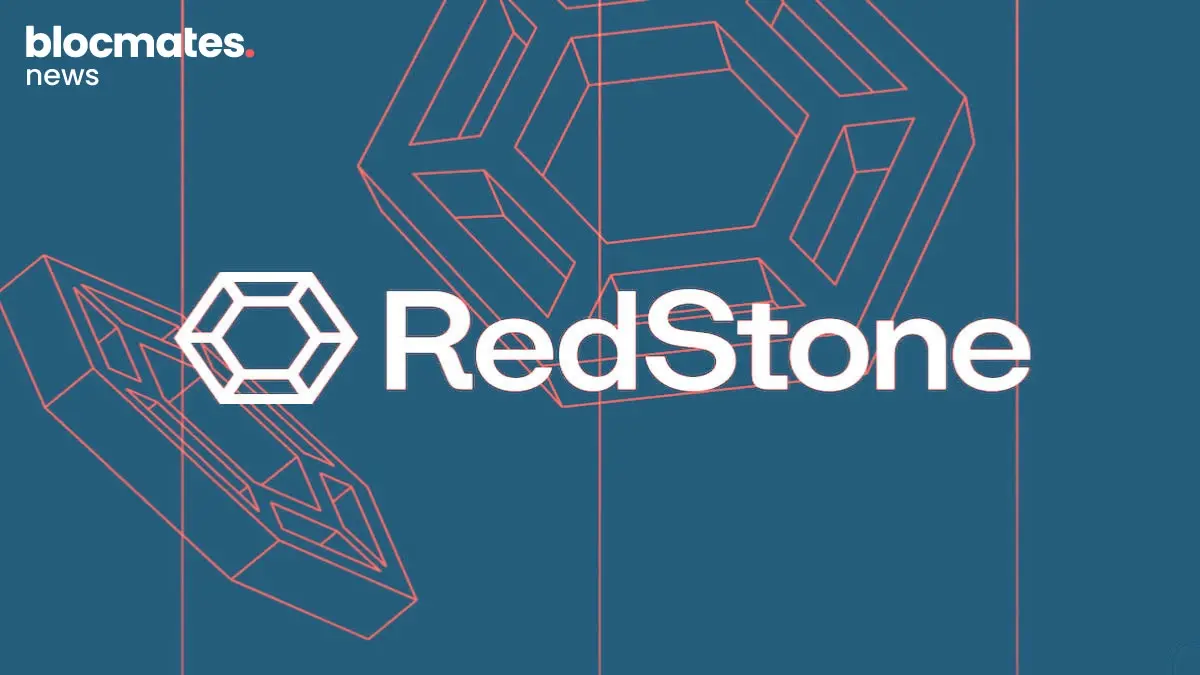
.webp)
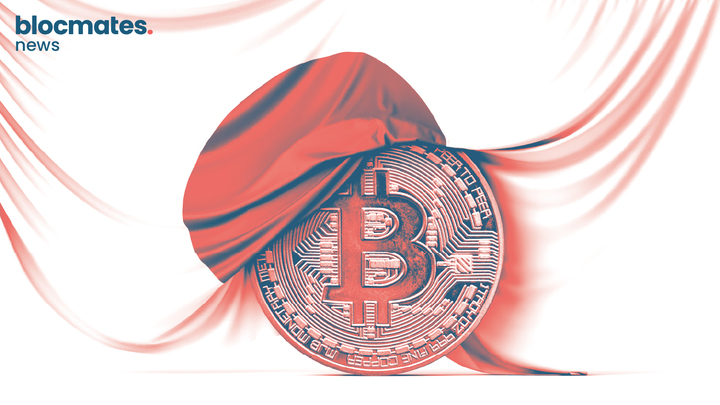
.webp)
.webp)

.webp)


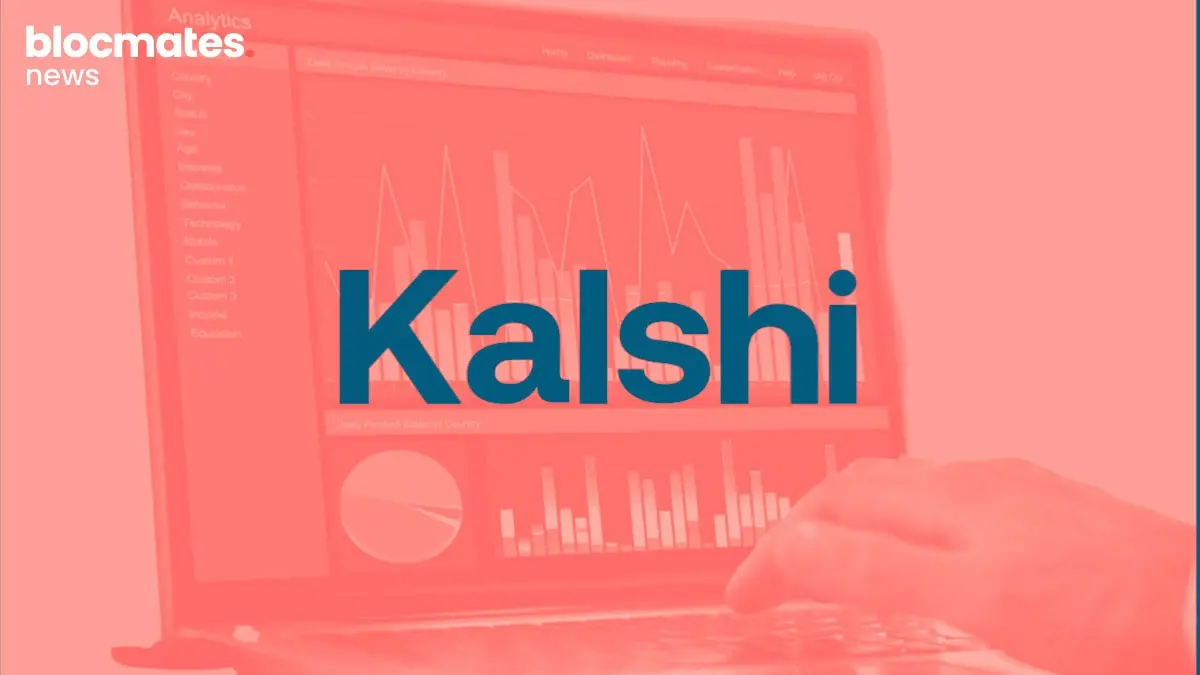
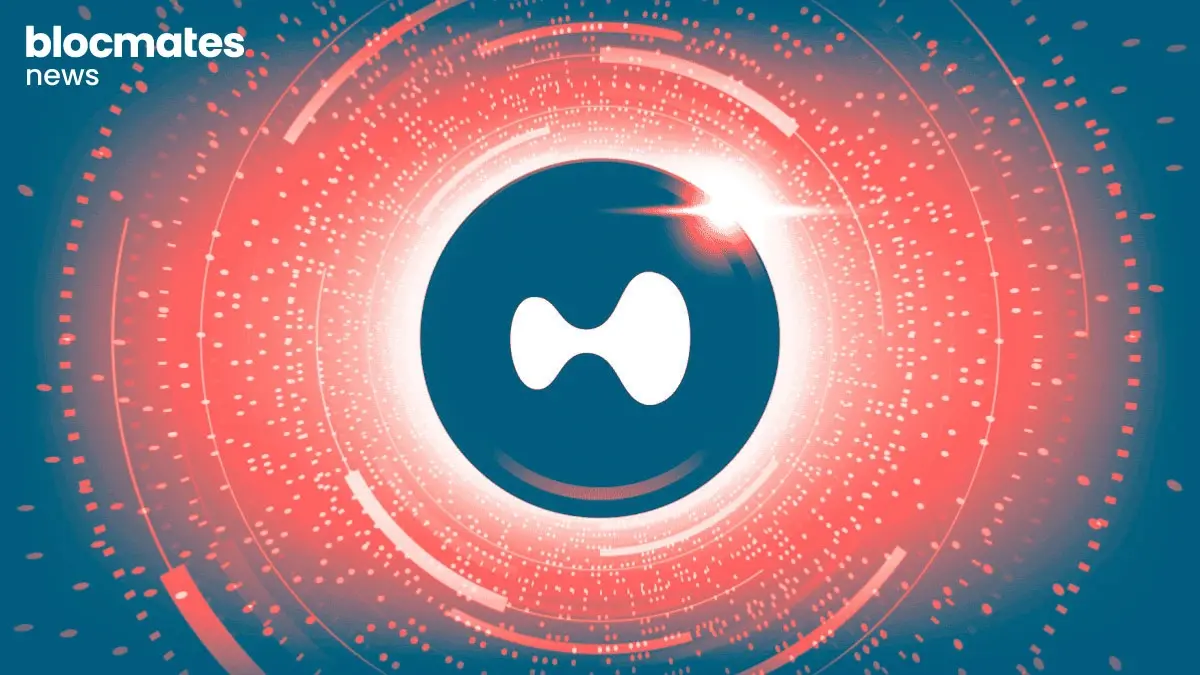



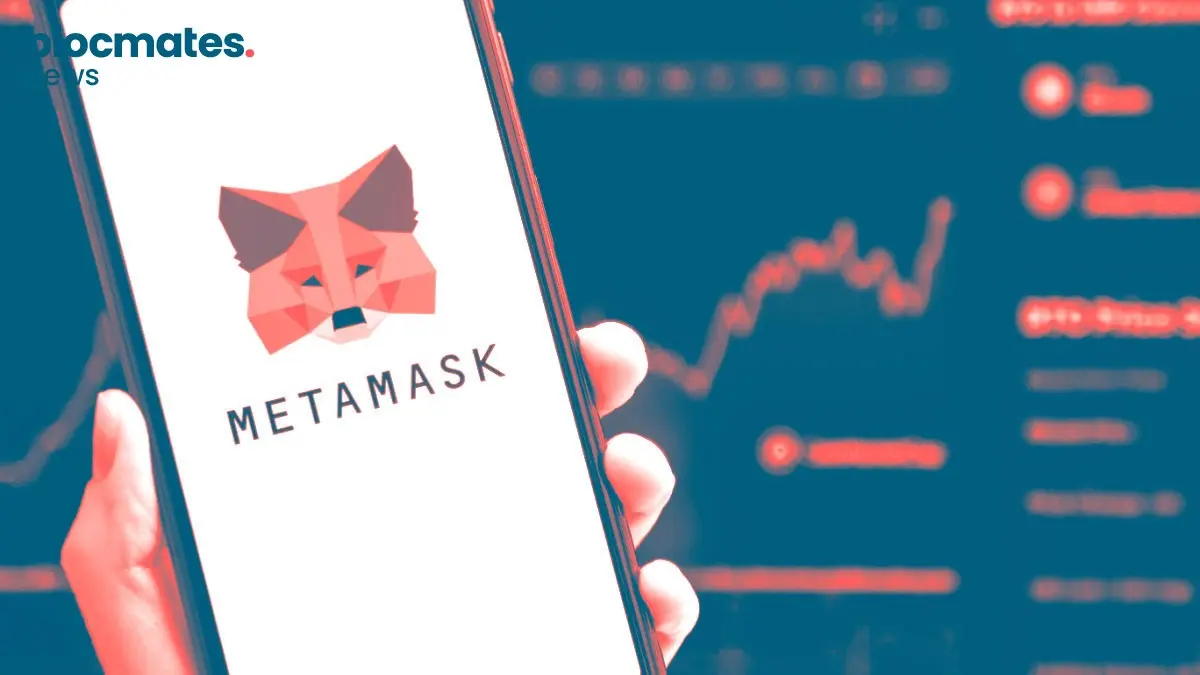
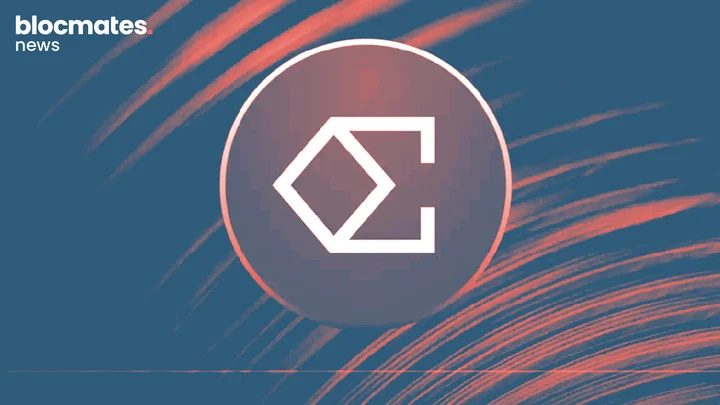


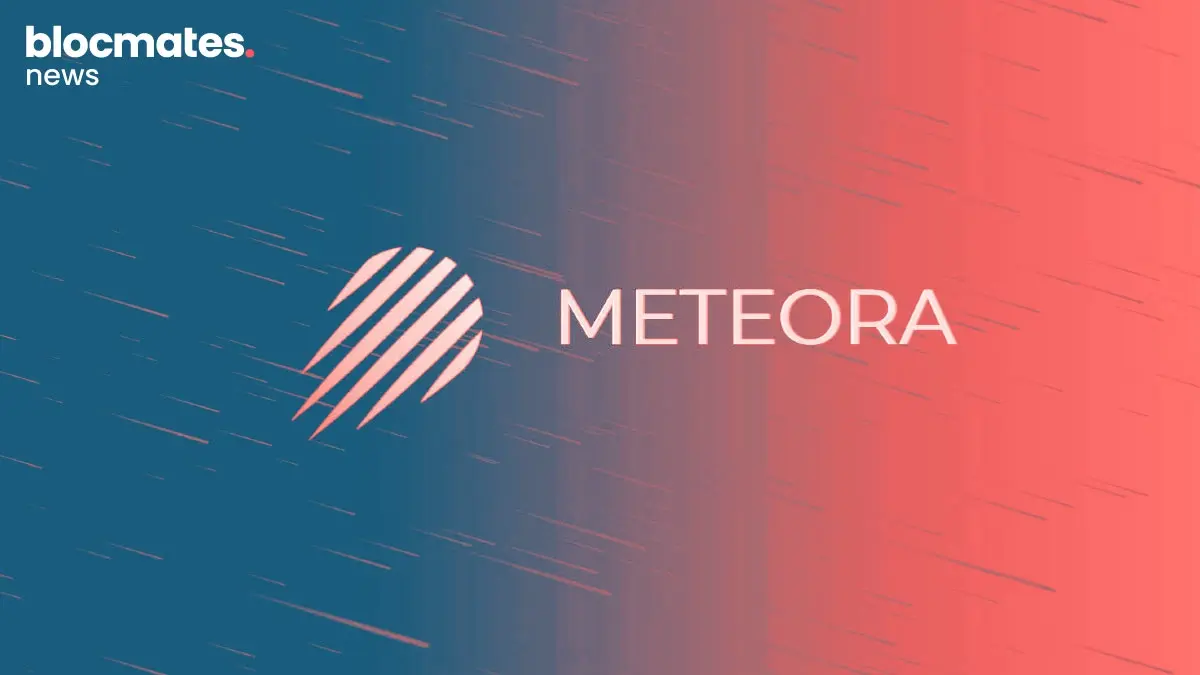


.webp)

.webp)


.webp)



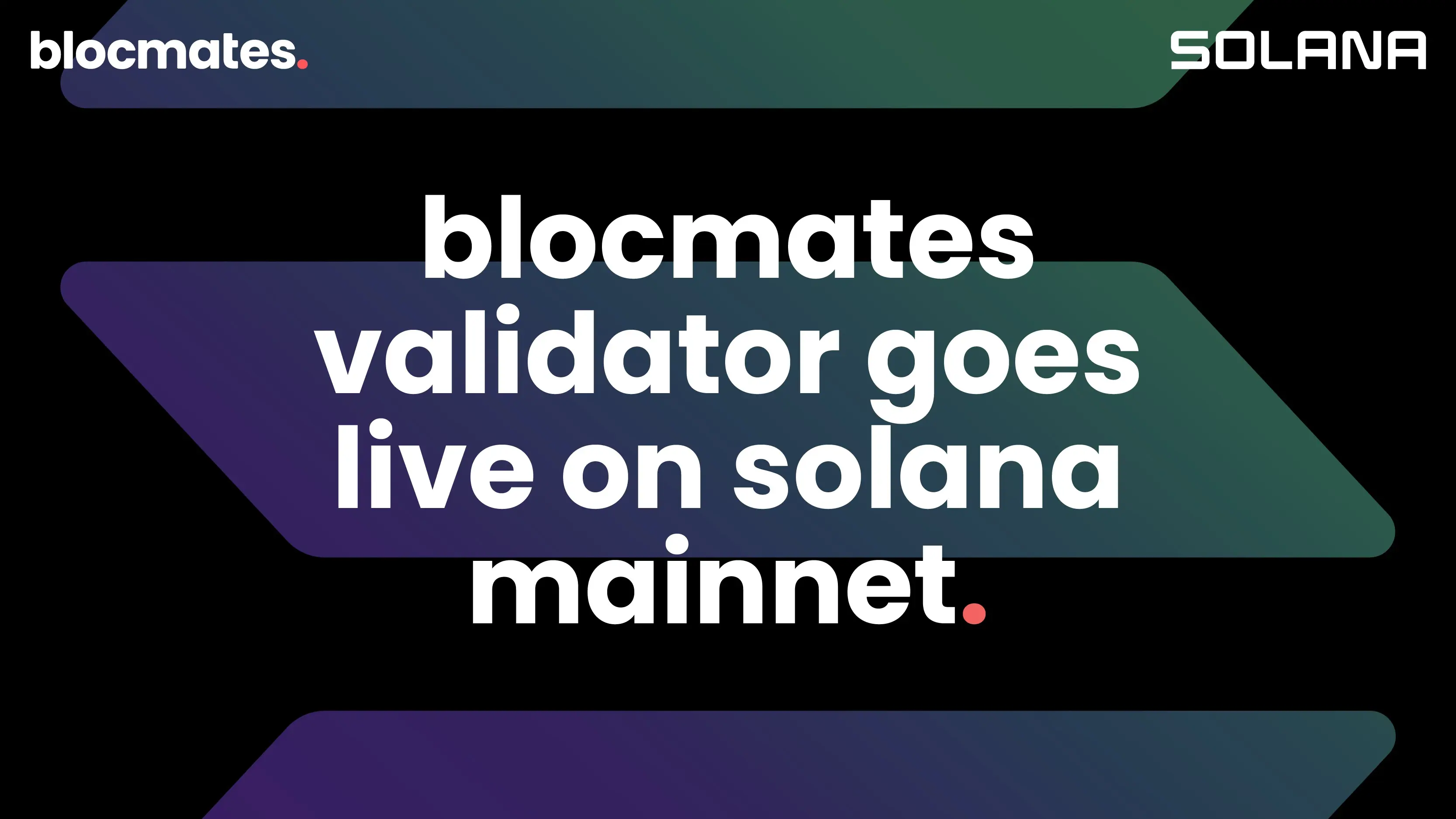
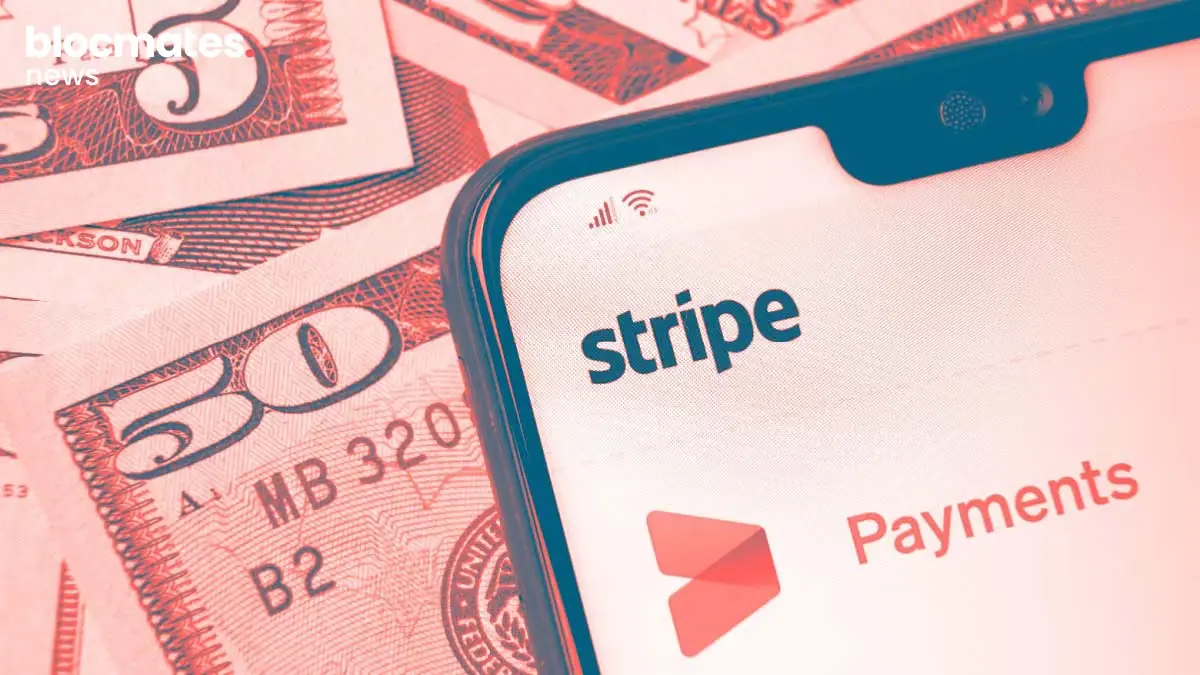



.webp)
